Roads
We design highways, expressways, urban avenues, and local roads using the latest technical standards and traffic analyses. Our goal is to ensure safety, efficiency, and long-term sustainability of transport infrastructure.
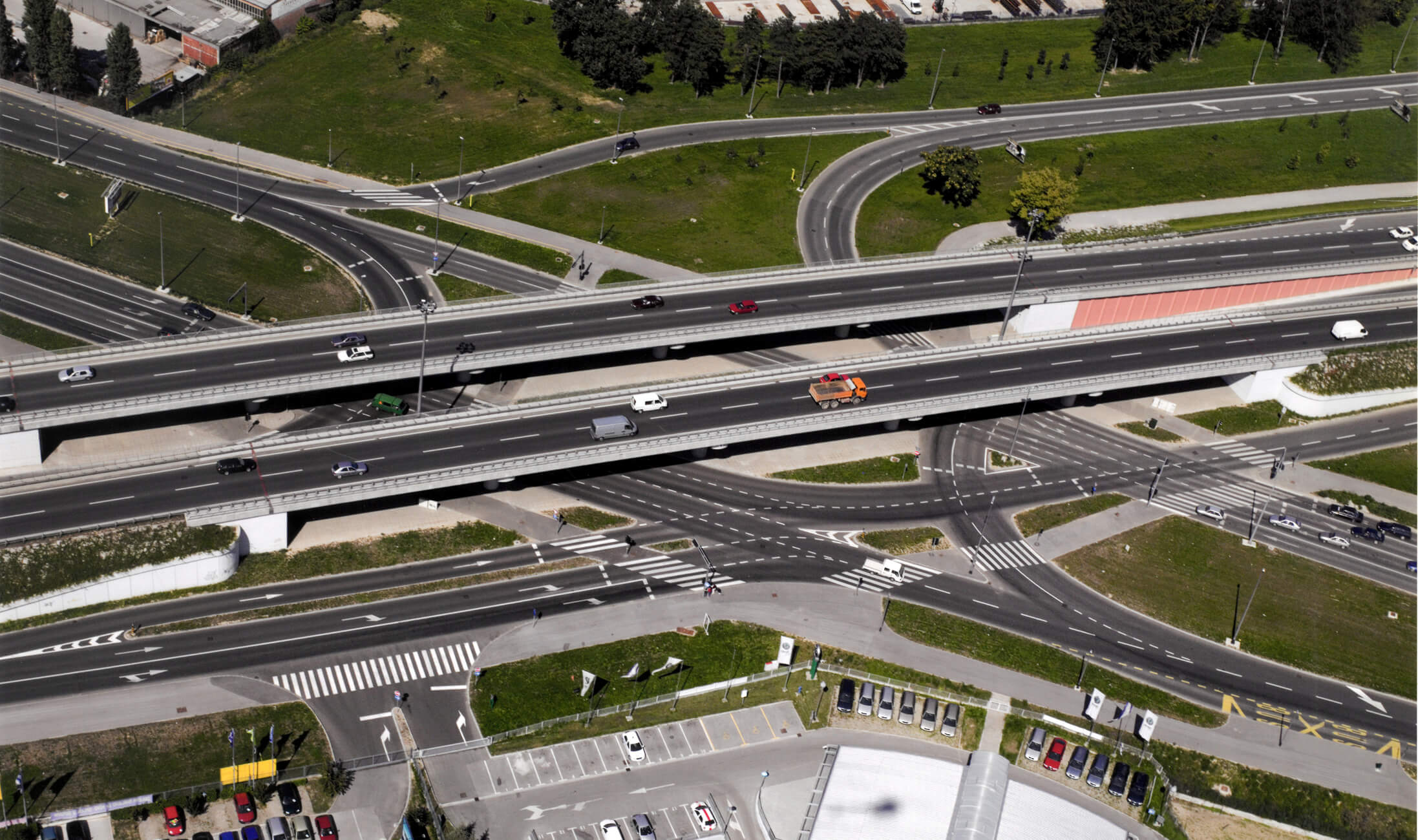
We use state-of-the-art computer equipment and software compatible with BIM standards:
Roads and Railways
CARD/1, Platea, Autodesk Civil3D, Infraworks, Navisworks
Bridges and Engineering Structures
Sofistik, ArmCAD 2000, Autodesk Revit
Hydrotechnical Structures
Canalis, Aquaterra, Urbano, WaterCAD, EPANET, EPA SWMM, HEC-RAS i HEC-HMS
Noise Protection
SoundPLAN
Electrical and Communication Installations
Relux, DiaLUX evo, Ecodial

The activities of IPZ primarily cover civil engineering structures, including:
Highways
State and regional roads
Interchanges
- interregional interchanges between two highways or expressways
- trumpet-type interchanges – highway entry/exit
Toll stations
Closed toll system
- mainline toll stations
- toll stations at interchanges
Highway A1: Zagreb – Split – Dubrovnik
Sections: Bosiljevo – Josipdol; Žuta Lokva – Otočac; Benkovac – Pirovac; Skradin – Šibenik; Šestanovac – Zagvozd; Zagvozd – Ravča
Total section length: 134 km
Highway A1 is the longest and most significant motorway in Croatia, forming the backbone of the national road network. It connects the capital city of Zagreb with Dalmatia and is crucial for the economy, tourism, and balanced regional development.
The A1 passes through highly diverse terrain – from the lowlands of central Croatia, across the mountainous regions of Lika and Gorski Kotar, to the karst areas of Dalmatia. Along the route, there are more than 400 structures (bridges, viaducts, tunnels).
The route features numerous bridges, viaducts, and tunnels, the most notable being the “Dobra” viaduct on the “Bosiljevo – Josipdol” section, the “Plasina” tunnel and “Oreškovići” viaduct on the Žuta Lokva – Otočac section, the Krka rest area and “Draga” viaduct on the Skradin – Šibenik section, and the “Rašćane” viaduct on the Zagvozd – Ravča section.
CLIENT: Croatian Motorways

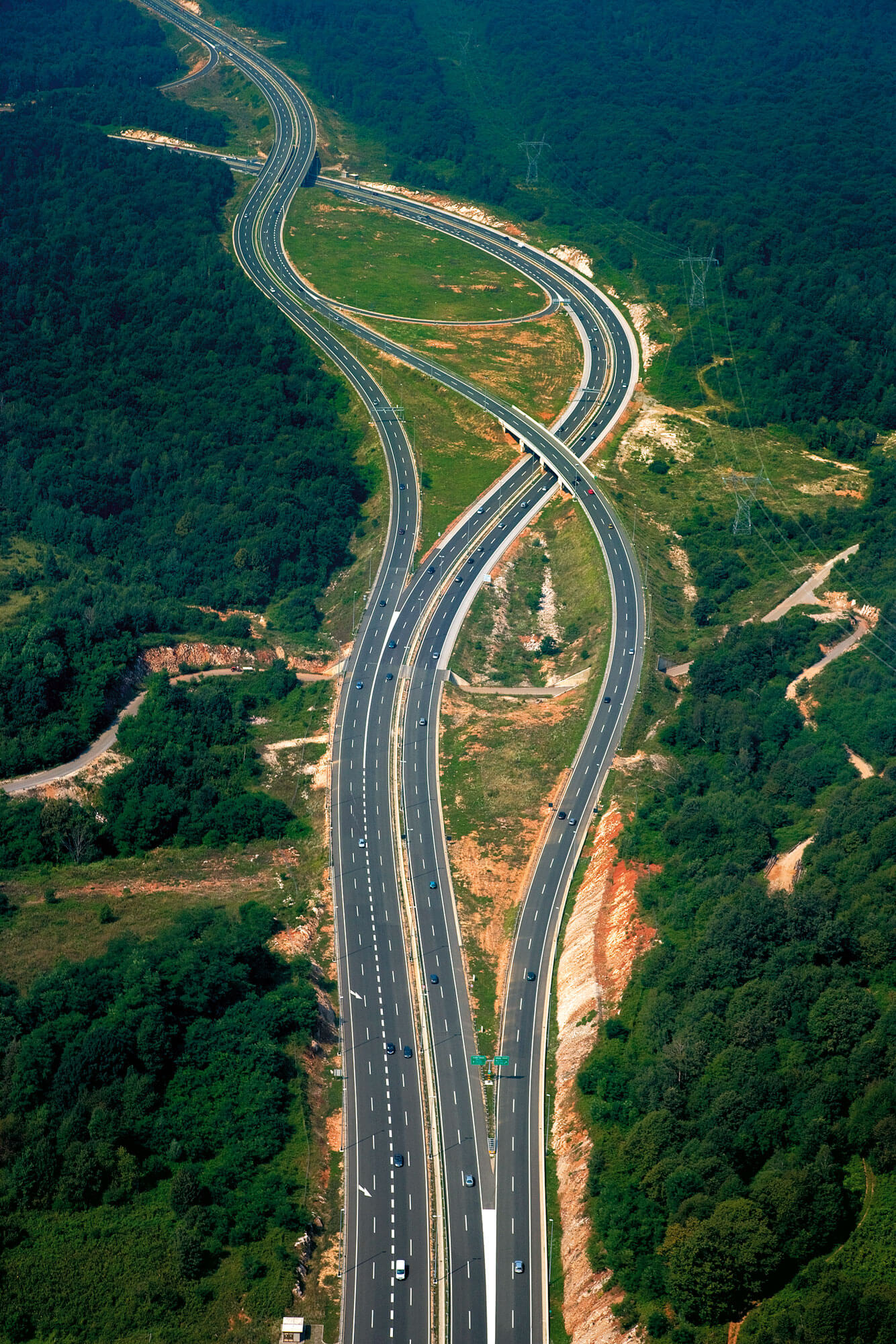
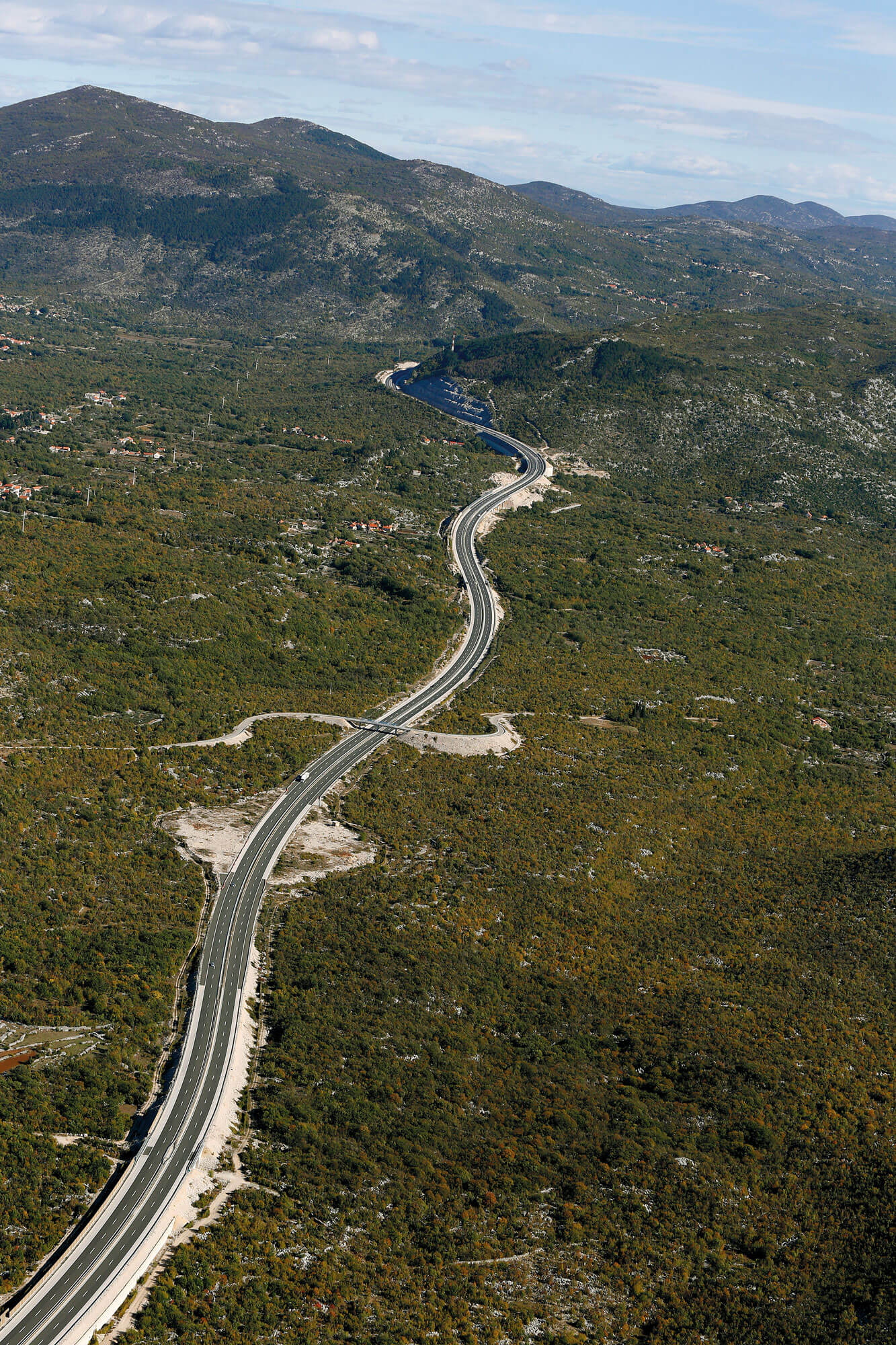
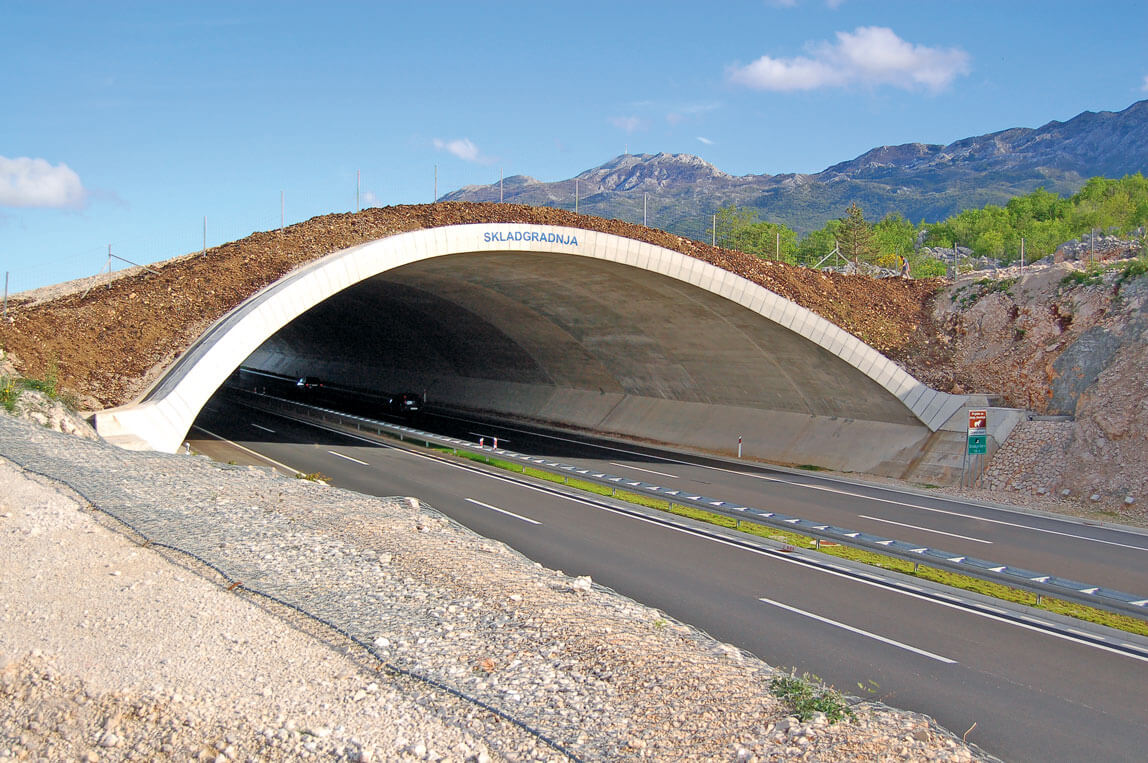
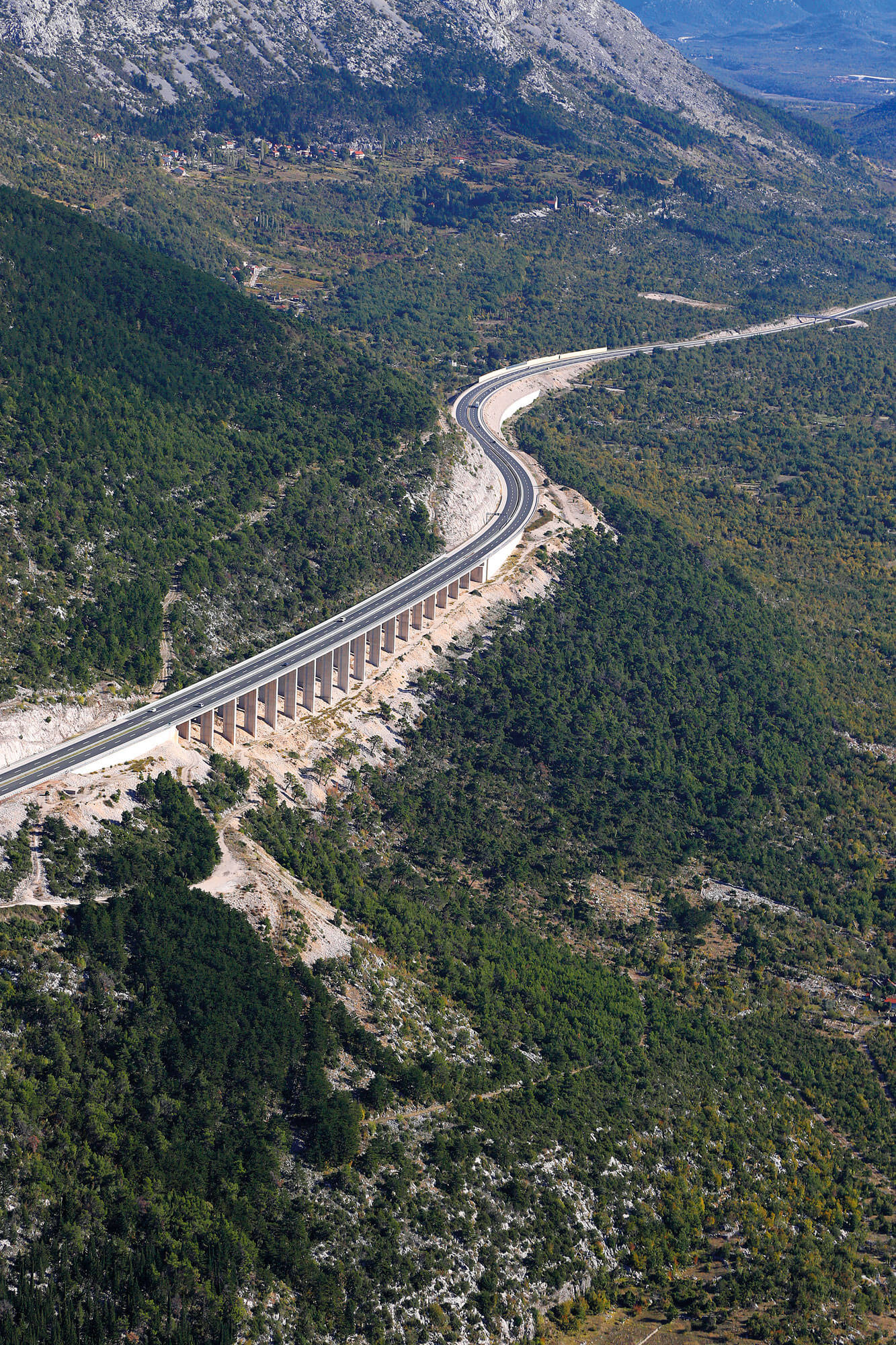
Highway A2: Krapina - Macelj
Total section length: 60 km
Highway A2 is part of the international road corridor connecting Zagreb with the Slovenian border at Macelj and further toward Maribor, Graz, and Vienna. As such, A2 is crucial for connecting Croatia with Central Europe and pan-European corridors. It links Croatia with Central European markets and major European transport routes, enabling faster and safer traffic toward Slovenia and Austria. It also plays a key role in tourism, as many visitors from Central Europe use this route to reach Croatia.
The most significant structures include the “Krapina” viaduct, “Đurmanec” viaduct, and “Sveta Tri Kralja” tunnel.
CLIENT: AZM

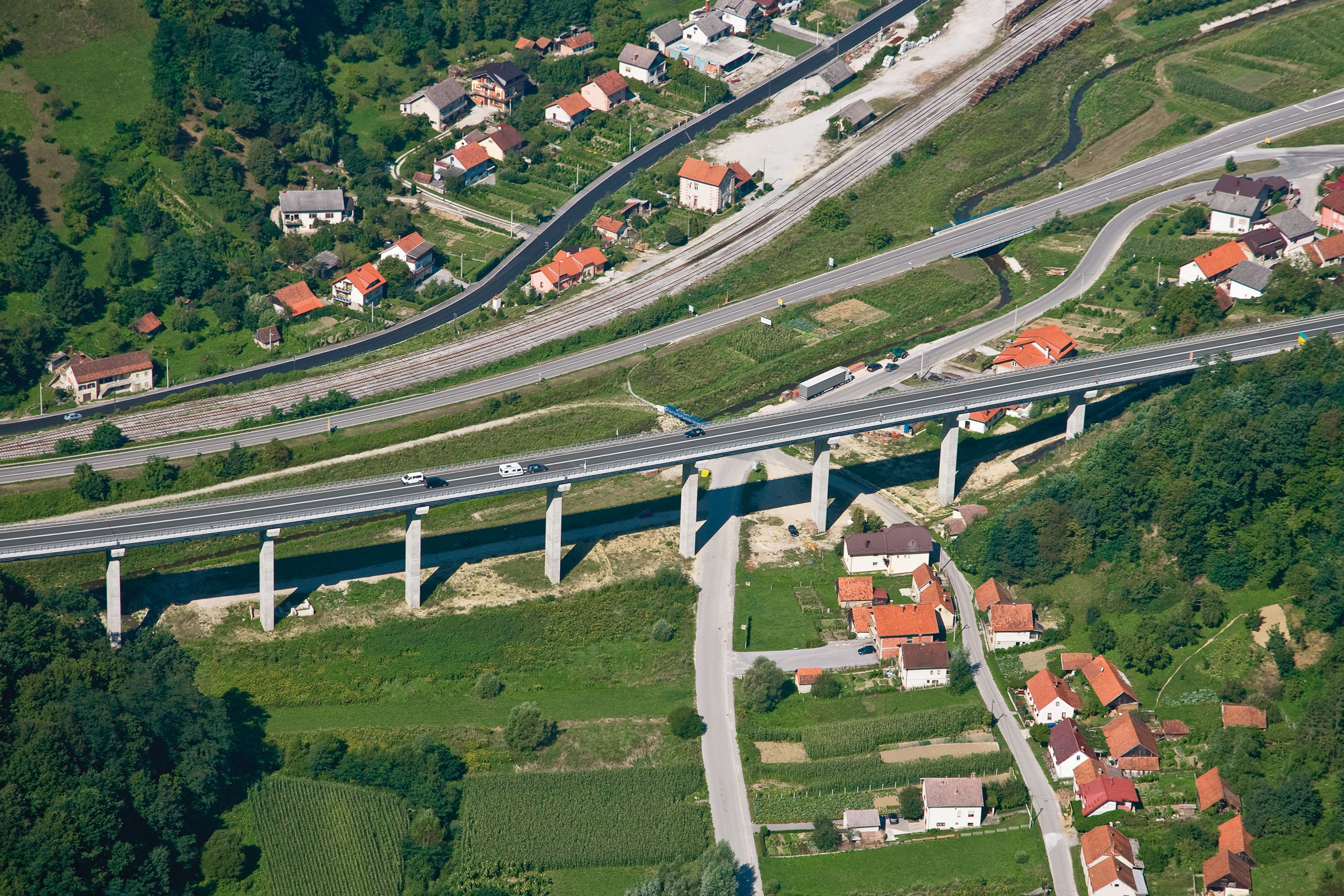
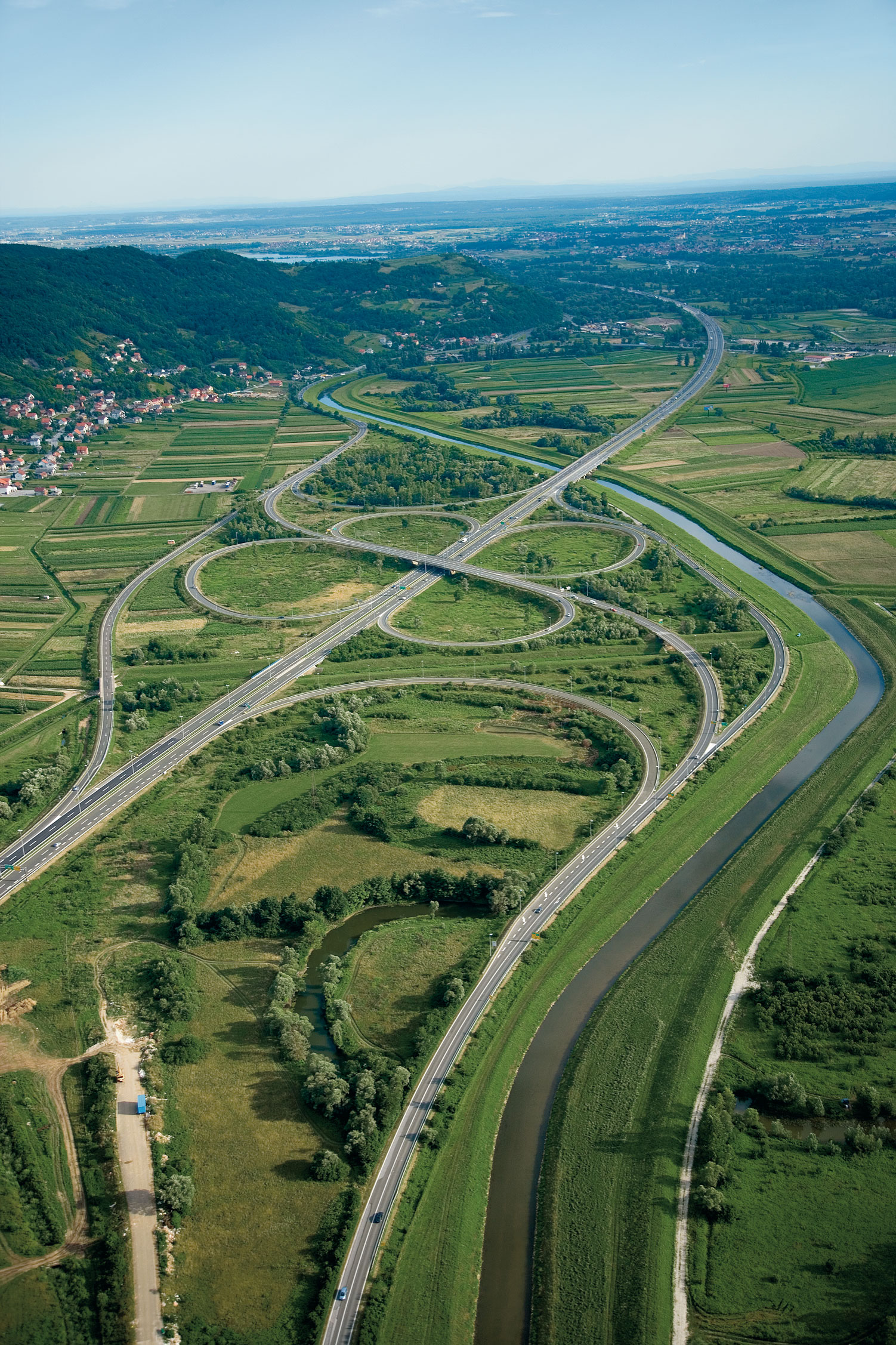
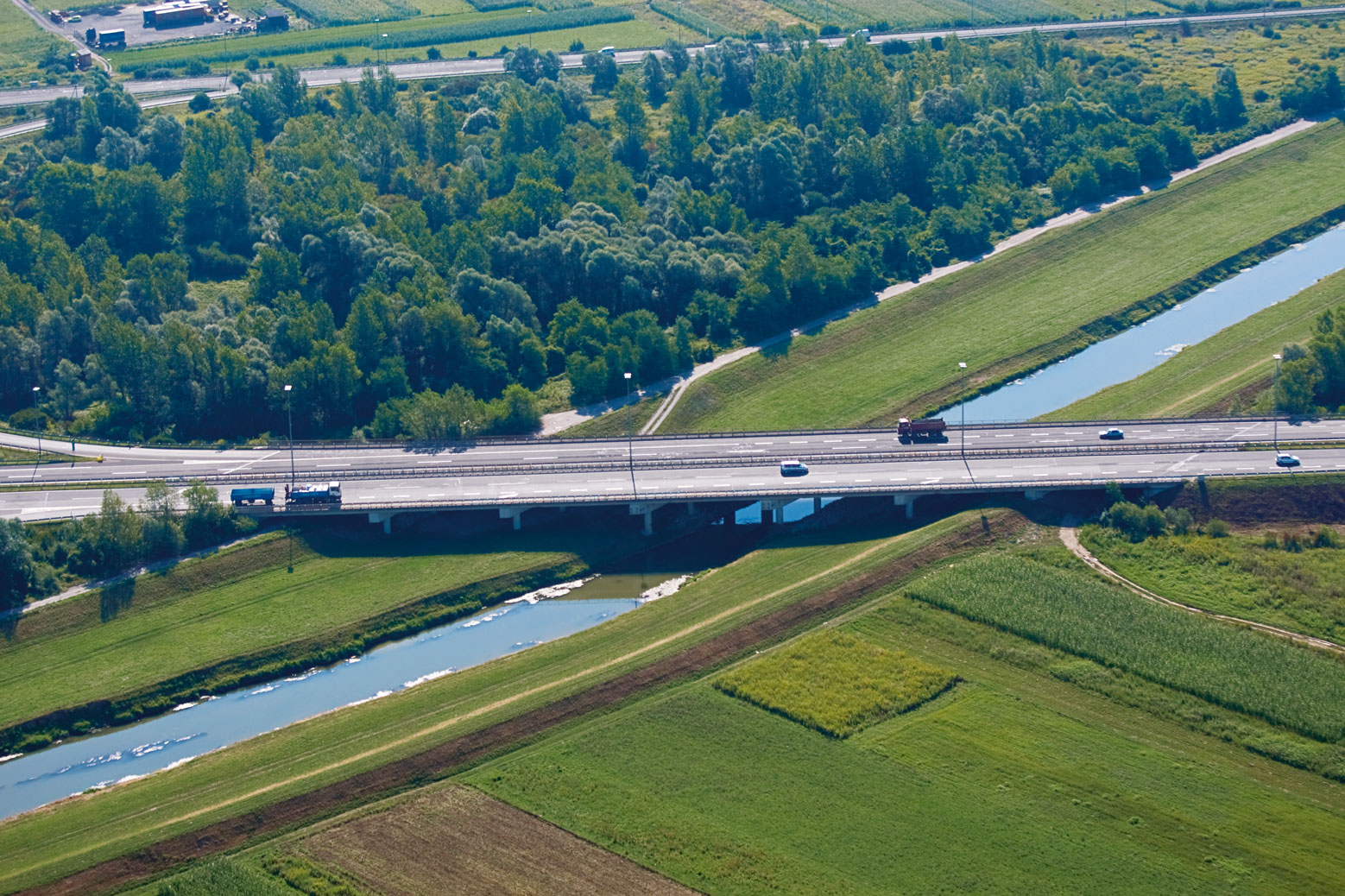
Highway A3: Zagreb – Lipovac
Total section length: 260 km
Highway A3, also known as the Slavonian Motorway, is the most important east–west route in Croatia and part of the international Pan-European Corridor X. It connects Slovenia and Western Europe with eastern Croatia and Serbia, and thus Central and Southeastern Europe.
The first sections were built in the 1970s as part of the former Brotherhood and Unity Highway (Ljubljana – Zagreb – Belgrade). By the 1990s, almost the entire route through Croatia was completed. After the Homeland War, it was reconstructed and modernized, and in 2007 it was fully opened to traffic as a complete motorway profile.
A3 passes through the predominantly flat landscapes of Posavina and Slavonia, providing excellent driving conditions. Numerous rest areas are located along the route, and the road is characterized by heavy traffic, especially transit freight traffic toward Serbia and Southeastern Europe.
CLIENT: Croatian Motorways
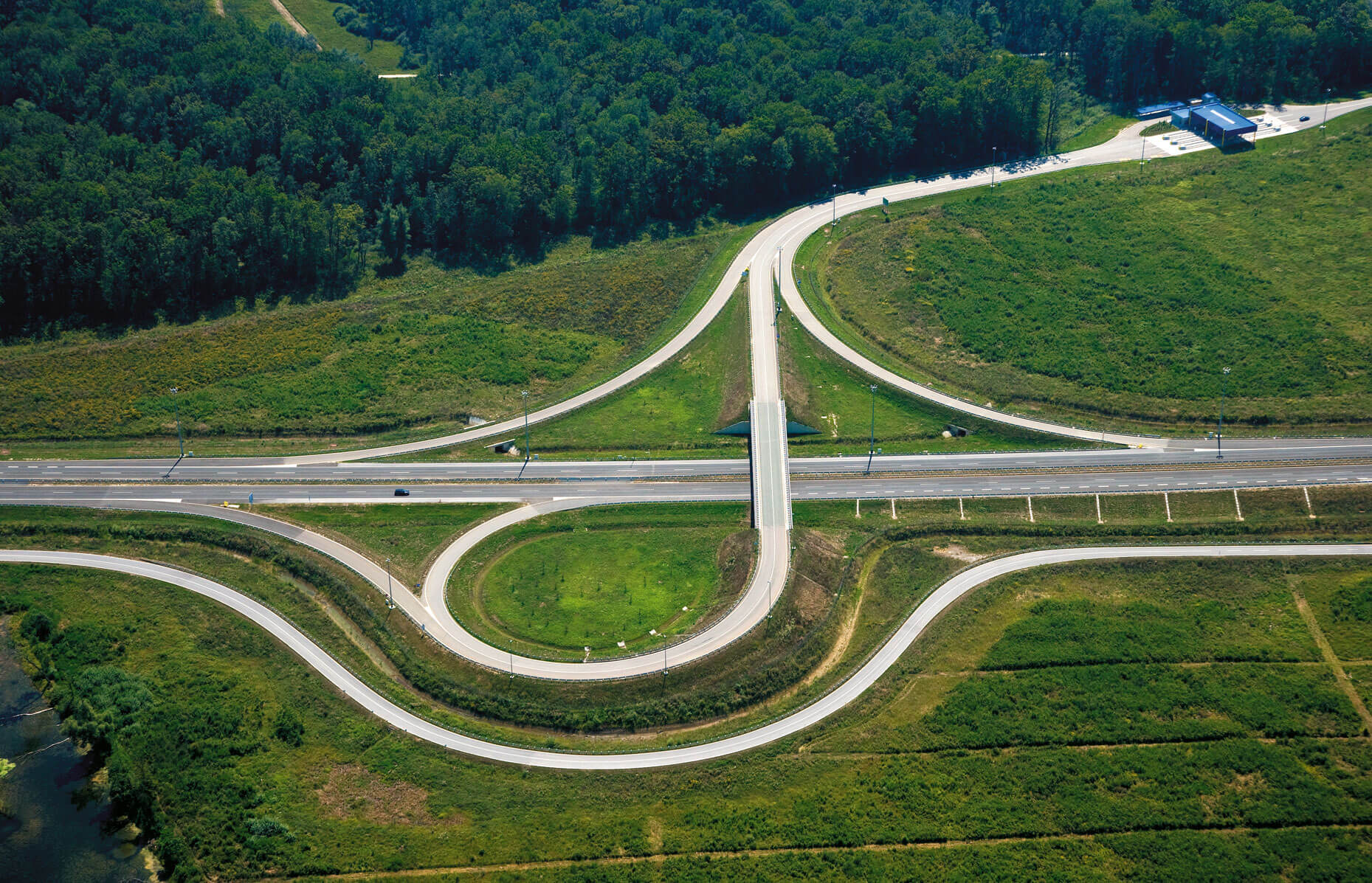
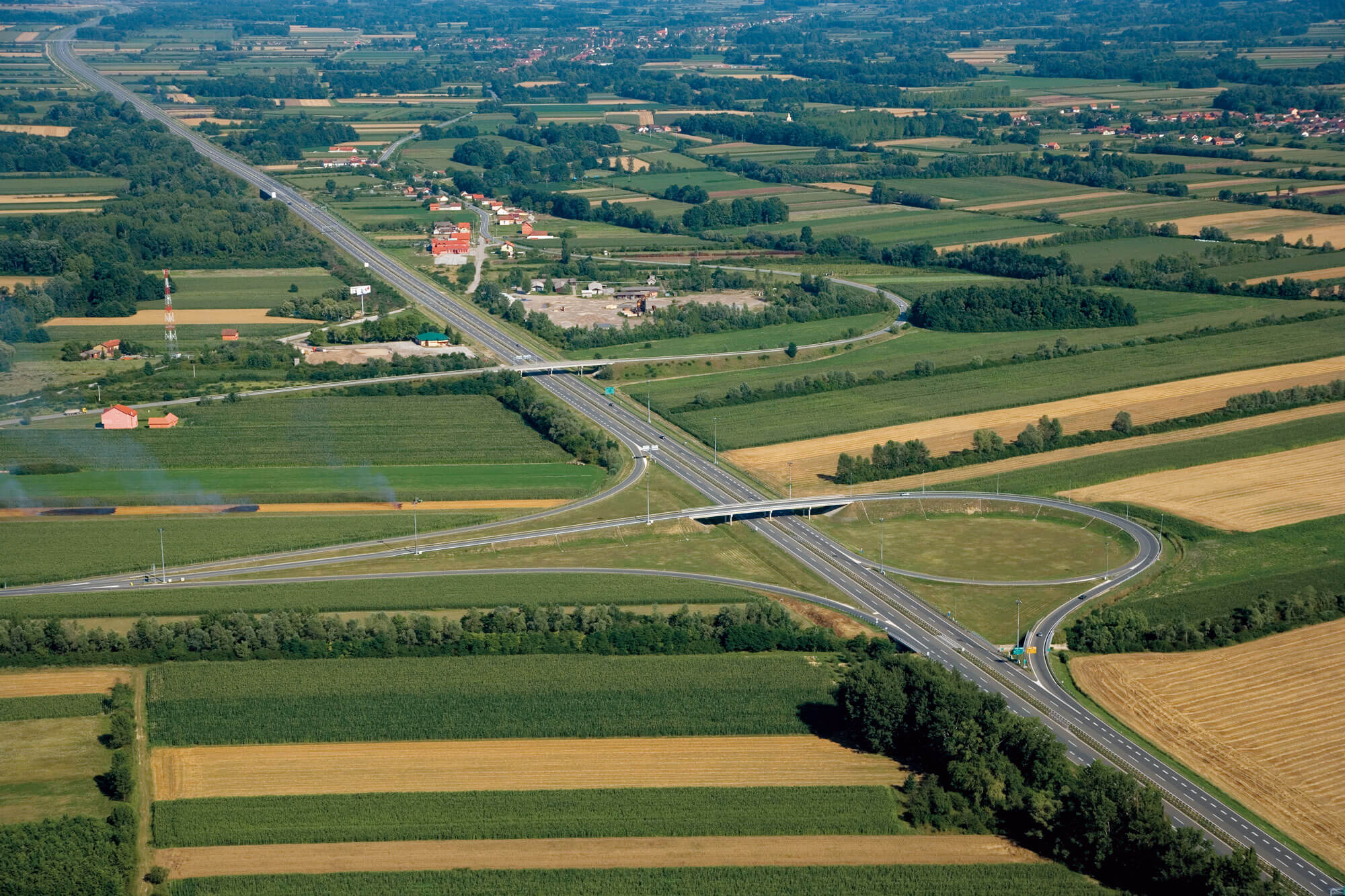
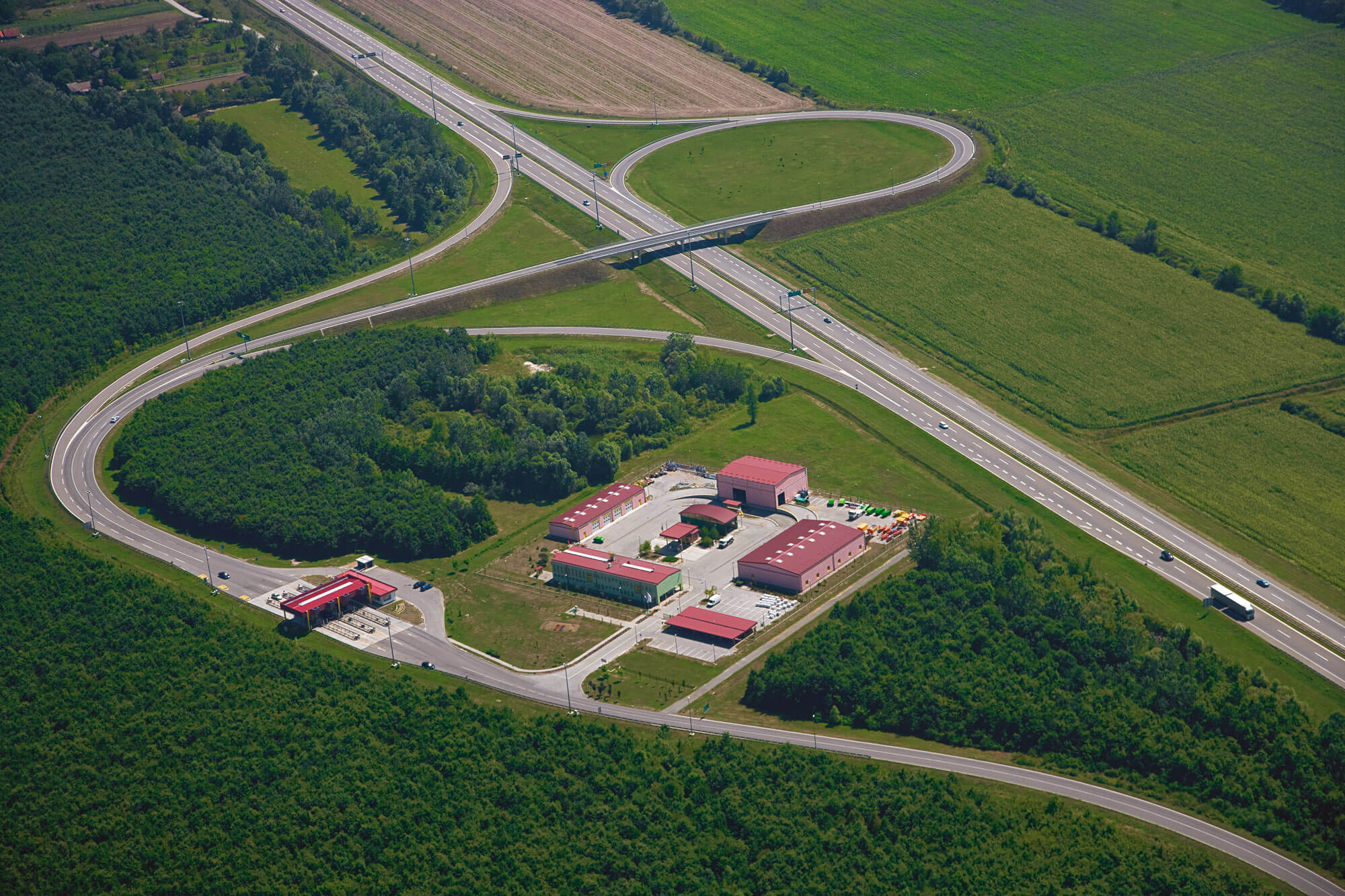
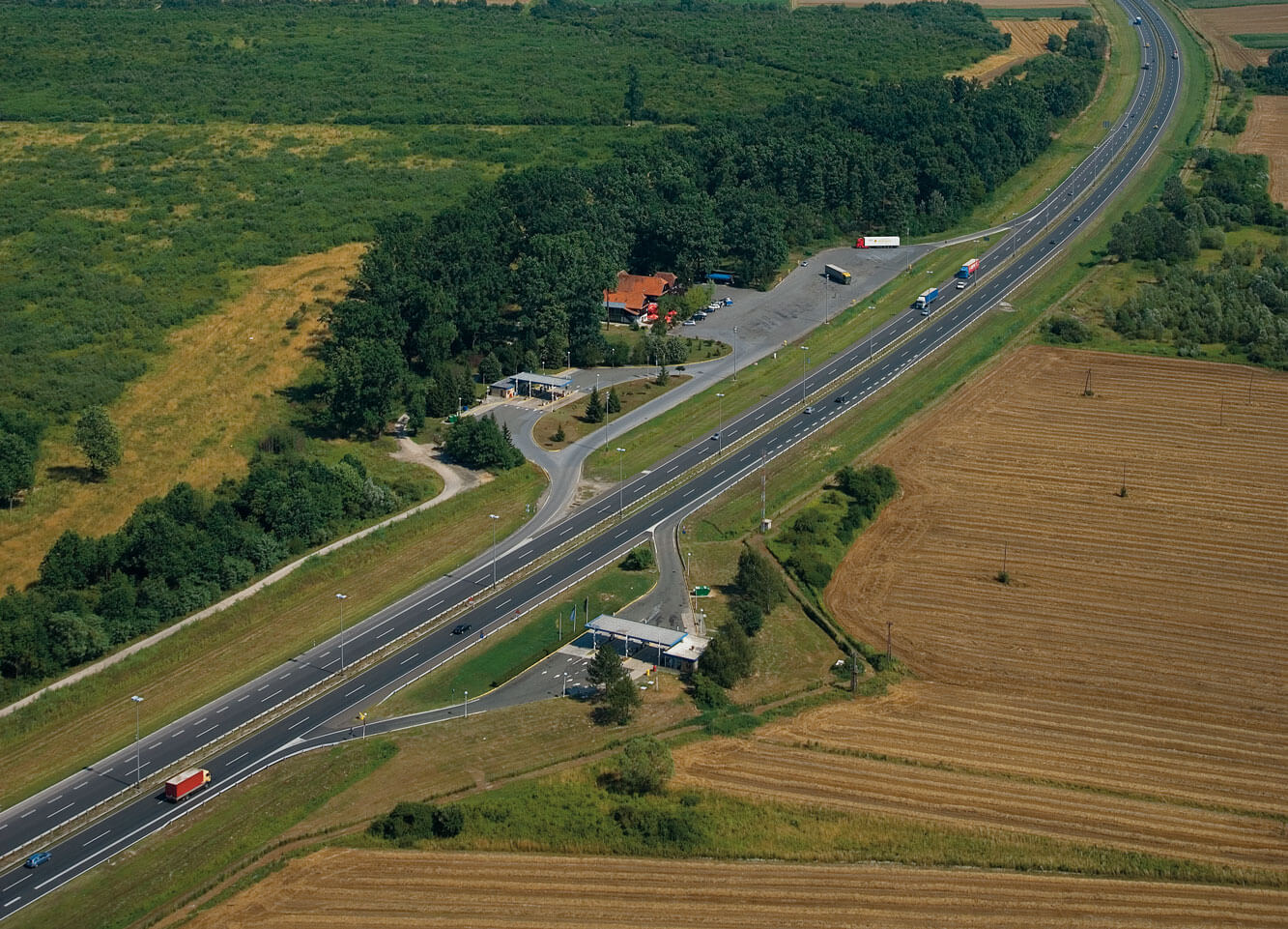
Highway A4: Sveta Helena (Zagreb) – Varaždin – Goričan
Sections: Sv. Helena – Varaždin and Novi Marof – Goričan
Total section length: 60 km
Highway A4 is a key northern route in Croatia, connecting the capital city Zagreb with the Međimurje region and the Goričan border crossing toward Hungary. It is part of the Pan-European Corridor Vb (Budapest – Varaždin – Zagreb – Rijeka) and serves as an important international link between Croatia, Hungary, and Central Europe. The A4 Motorway contributes to regional connectivity and forms part of the wider European TEN-T transport network, linking Croatia to the main continental European corridors.
A4 passes through the flat and gently hilly landscapes of Hrvatsko Zagorje, Varaždin, and Međimurje counties. The route features several bridges and viaducts crossing rivers and streams, with the most notable structure being the bridge over the Drava River near Varaždin.
CLIENT: Croatian Motorways
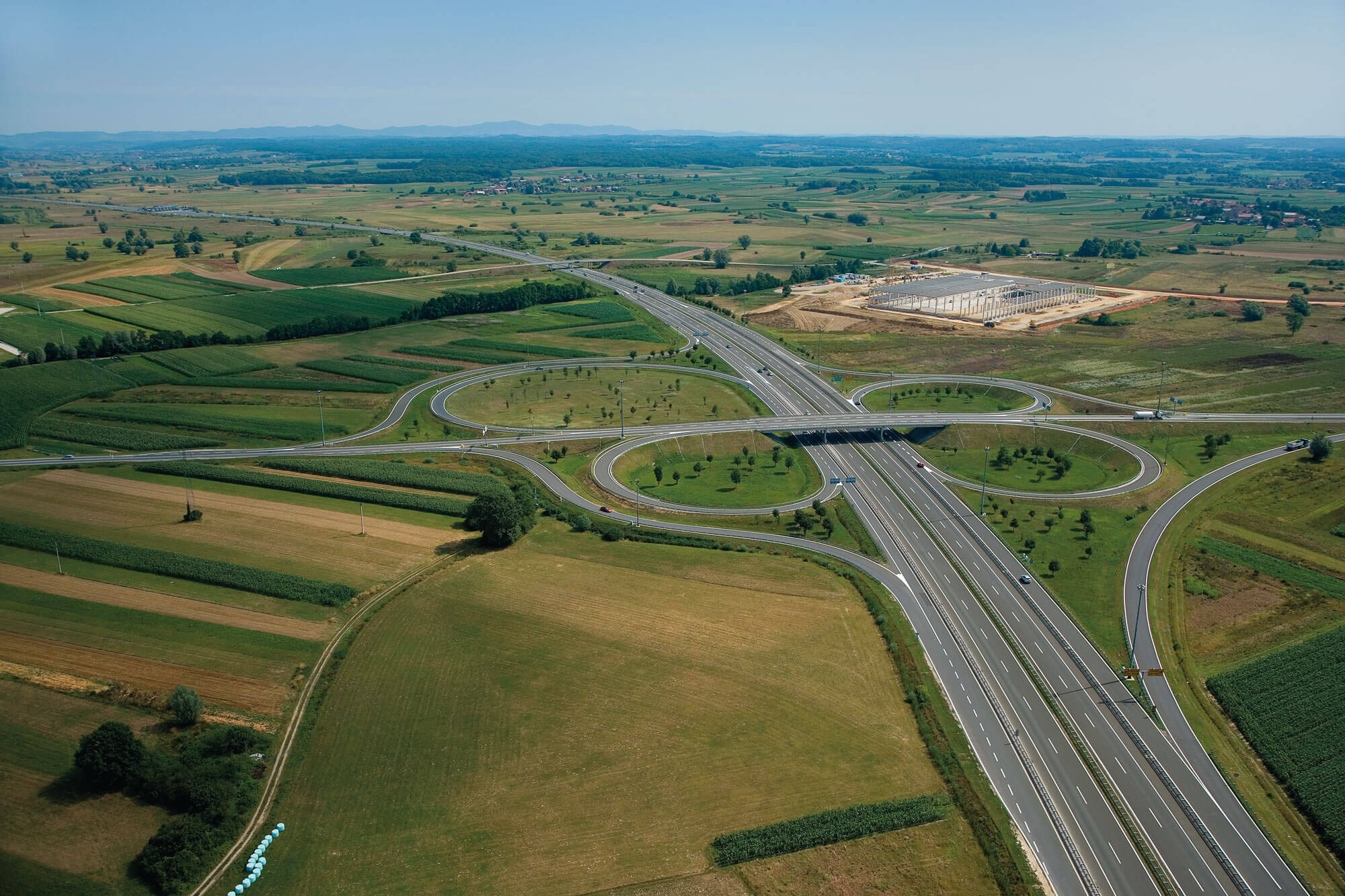
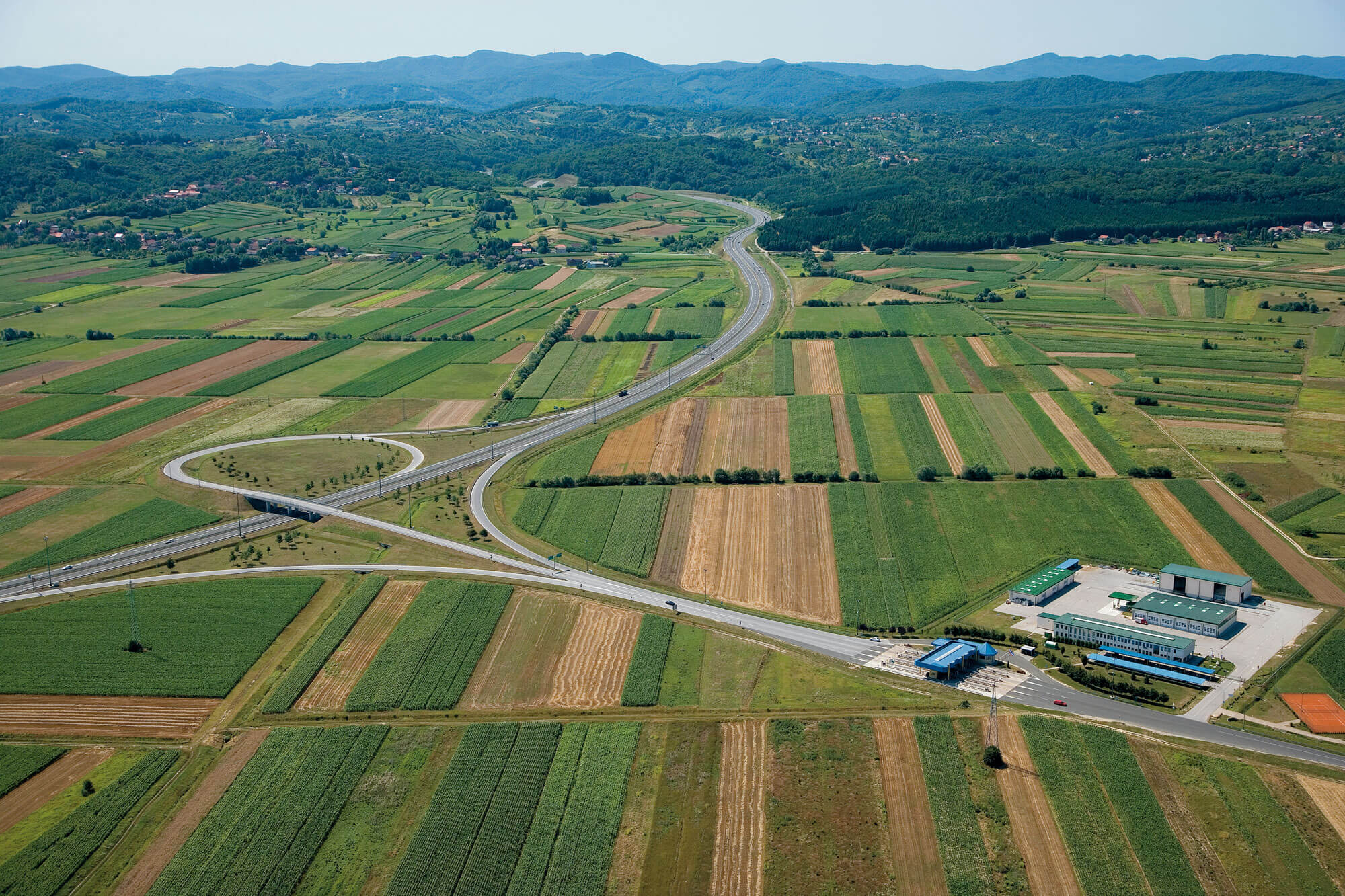
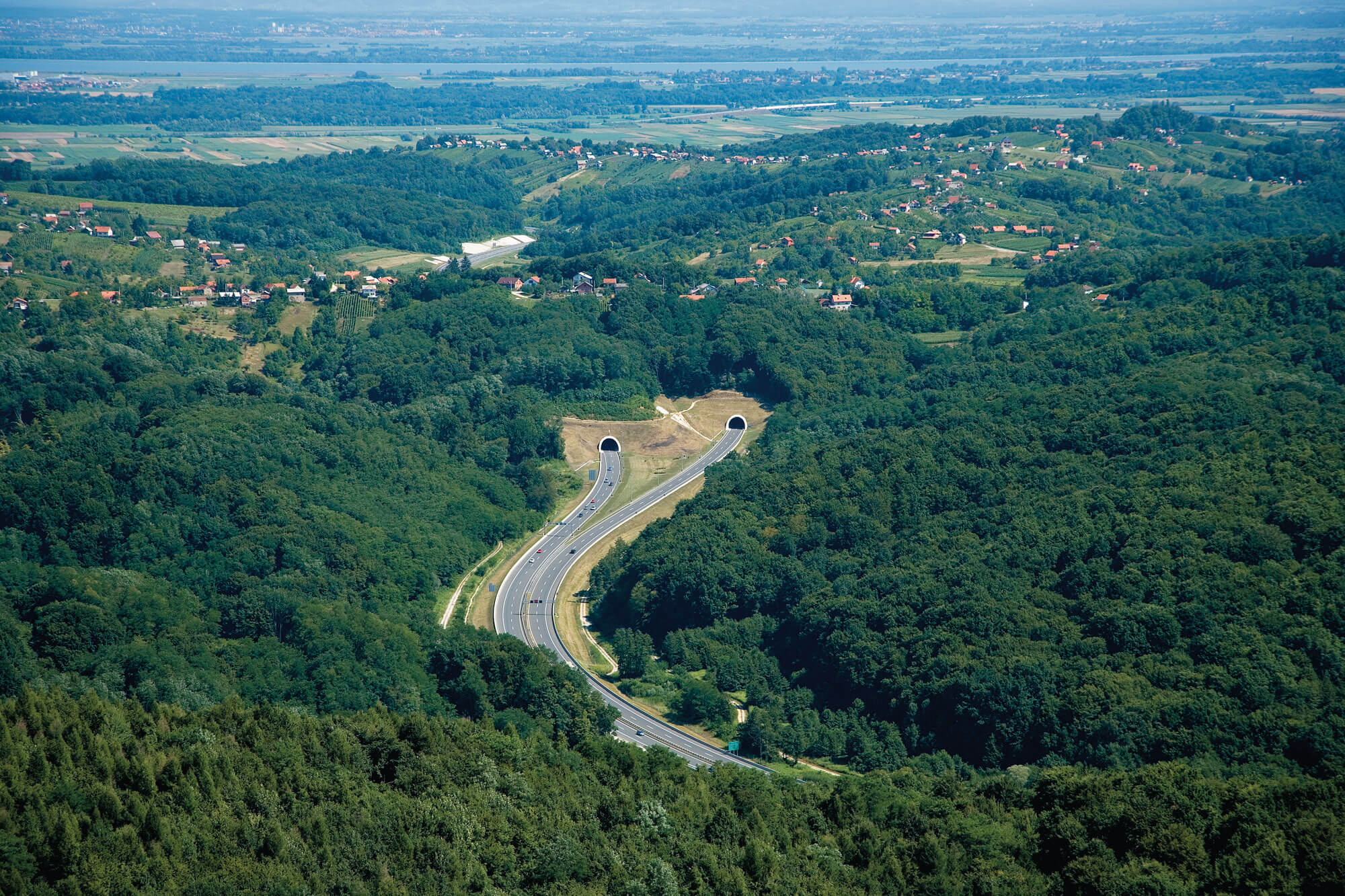
Highway A5: Beli Manastir – Osijek – Svilaj
Sections: Đakovo – Sredanci – BiH border
Total section length: 26 km
Highway A5 forms the north–south axis in eastern Croatia and is part of the international Pan-European Corridor Vc, which connects Budapest via Osijek and Sarajevo to the Port of Ploče on the Adriatic Sea. It is the only Croatian motorway located entirely within the regions of Slavonia and Baranja.
A5 is strategically important for connecting Slavonia and Baranja with the rest of Croatia and for international traffic toward Bosnia and Herzegovina and further to the Adriatic. At its intersection with Highway A3 lies the interregional “Sredanci” interchange, while the most significant structure is the “Svilaj” Bridge over the Sava River on the border with Bosnia and Herzegovina.
CLIENT: Croatian Motorways


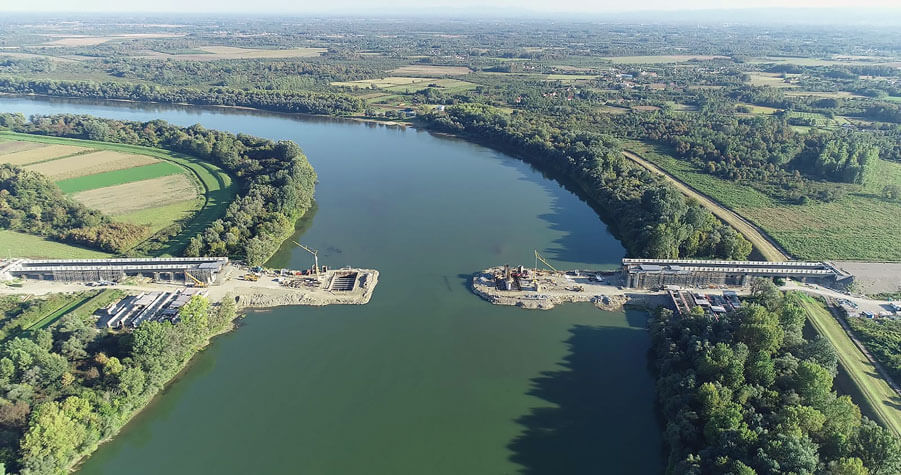
Highway A6: Zagreb - Rijeka
Sections: Bosiljevo – Vrbovsko – Ravna Gora – Delnice - Oštrovica
Total section length: 85 km
Highway A6 is a key transportation route between the Croatian mainland and the Kvarner region. Together with Highway A1, it forms part of the Zagreb – Split – Rijeka Motorway, connecting the capital city with the important Adriatic port of Rijeka. It is also part of the international Pan-European Corridor X and the TEN-T network.
The most significant structures include the “Zečeve Drage” viaduct, “Golubinjak” viaduct, “Hreljin” viaduct, “Bajer” bridge, “Javorova Kosa” tunnel, and “Tuhobić” tunnel.
CLIENT: Croatian Motorways
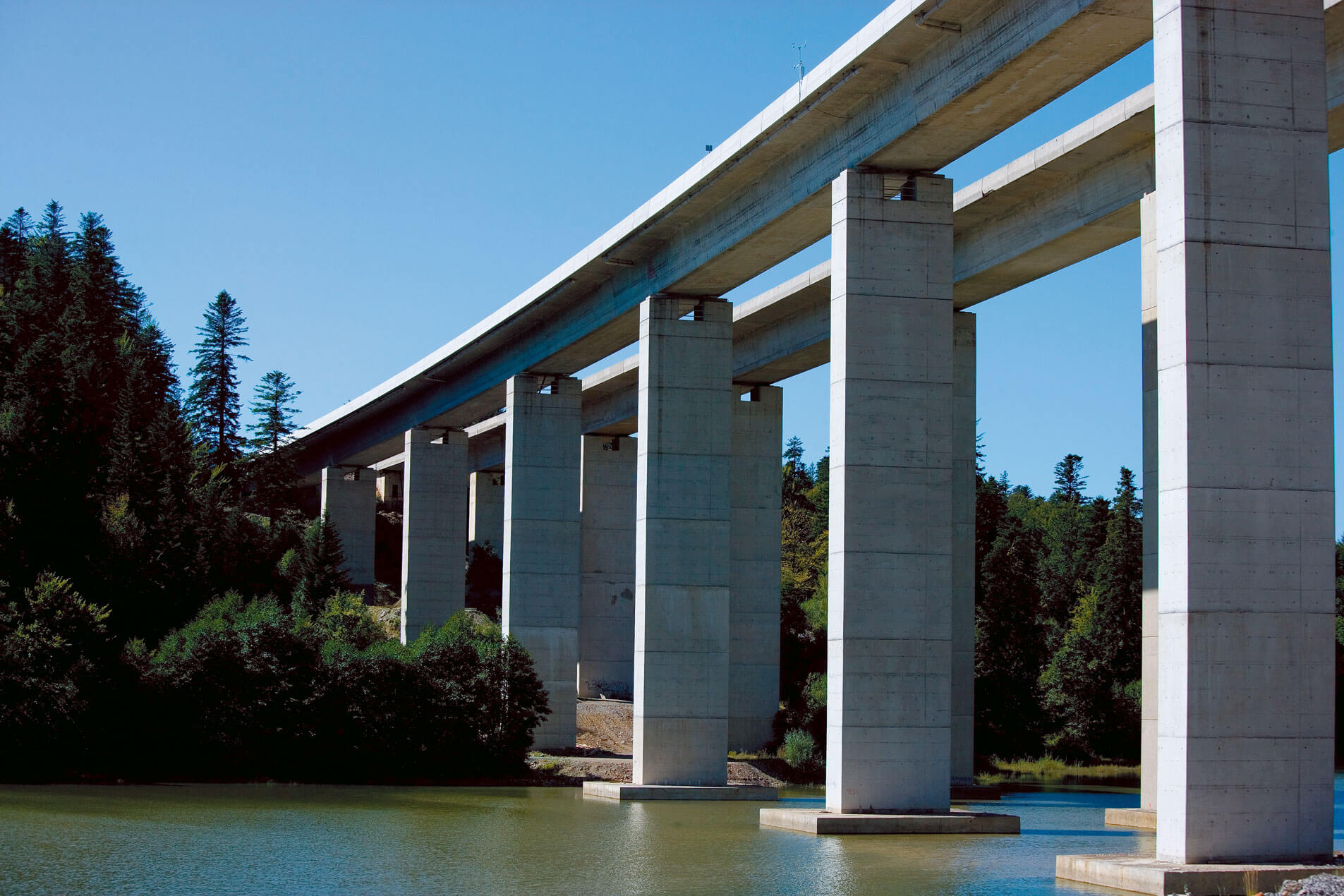
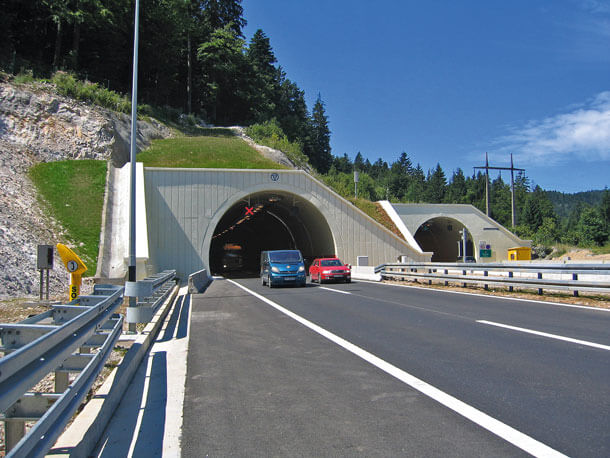
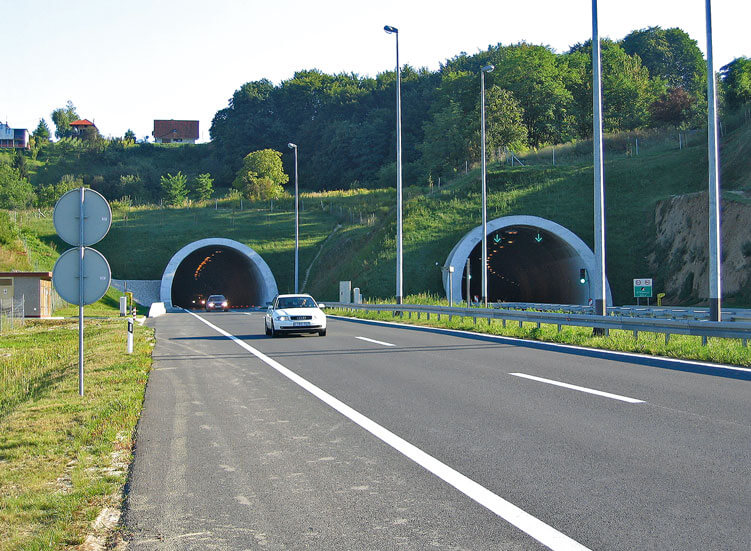


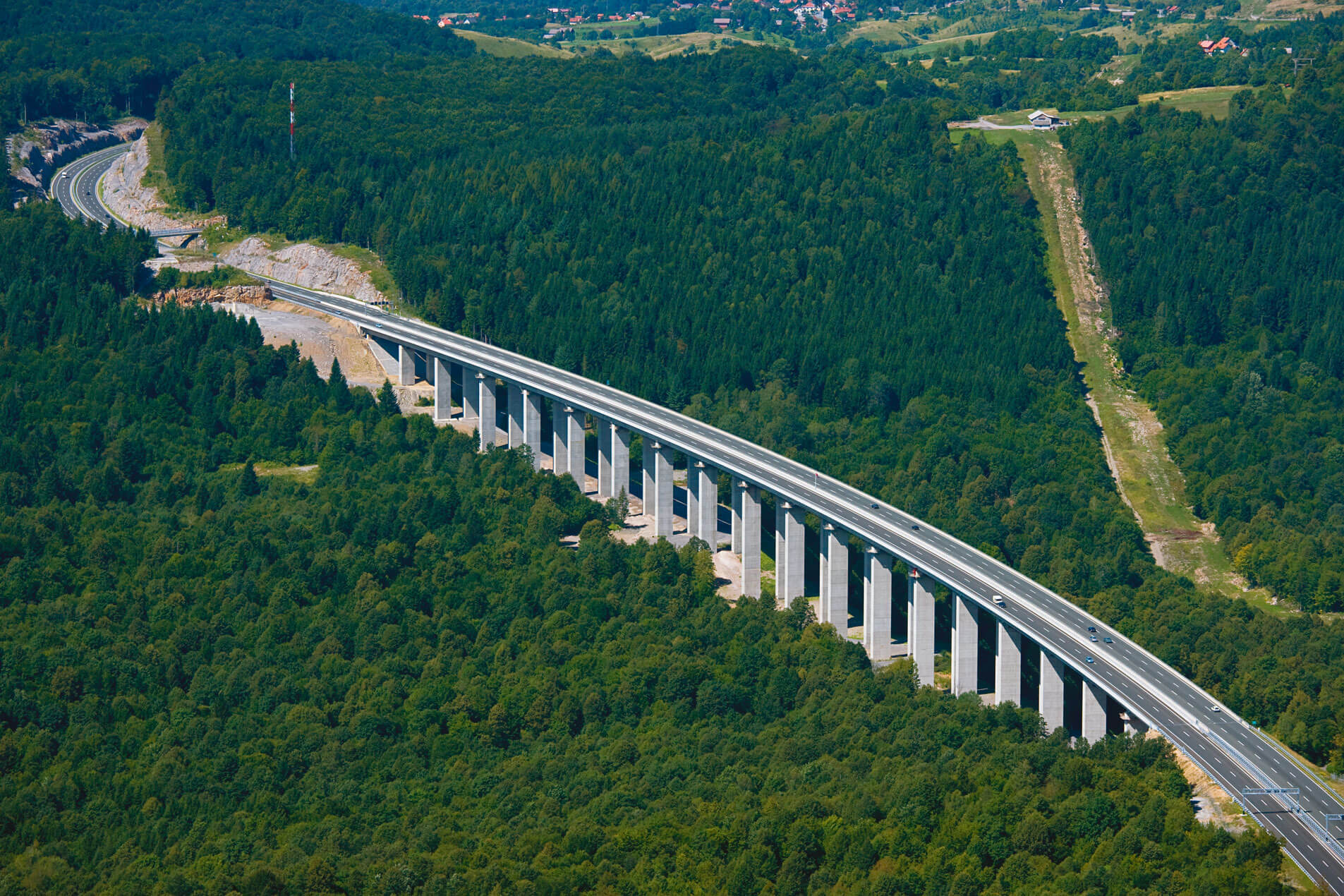
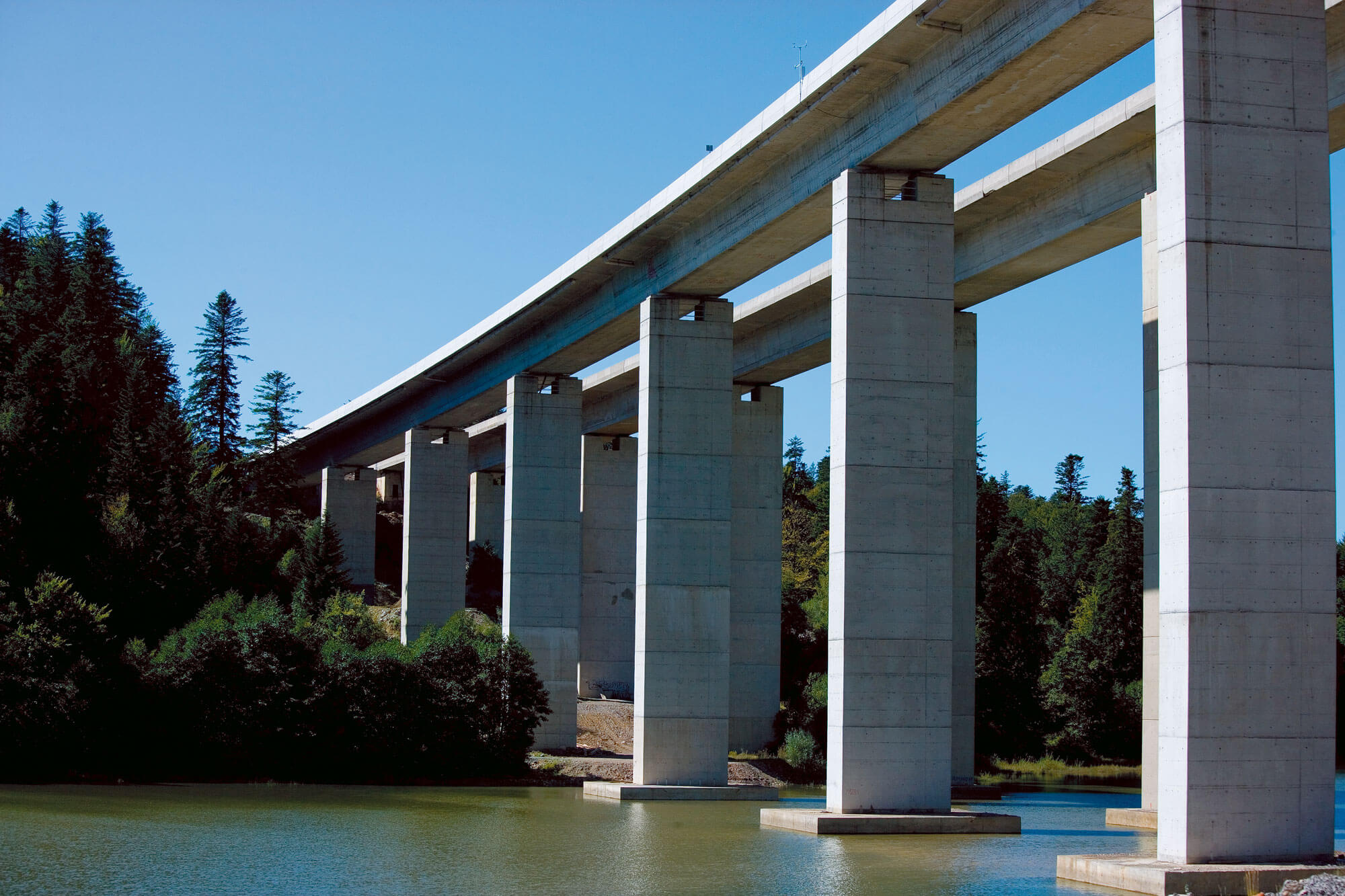
Highways A8 and A9: Istrian Y
A8 Sections: Rogovići – Kanfanar; Rogovići – Učka Tunnel
Total section length: 45 km
A9 Sections: Buje – Nova Vas – Višnjan; Medaki – Kanfanar
Total section length: 31 km
Highways A8 (eastern branch) and A9 (western branch) form the Istrian Y, the main road network connecting the interior of Istria with the national motorway system of continental Croatia and Slovenia. It enables faster and safer access for tourists from Central Europe, directly contributing to Istria’s economy.
The most significant structures on A8 include the “Mećari” viaduct and the “Gorenja Vas” viaduct, while on A9 they include the “Limska Draga” and “Mirna” viaducts.
CLIENT: Bina Istra
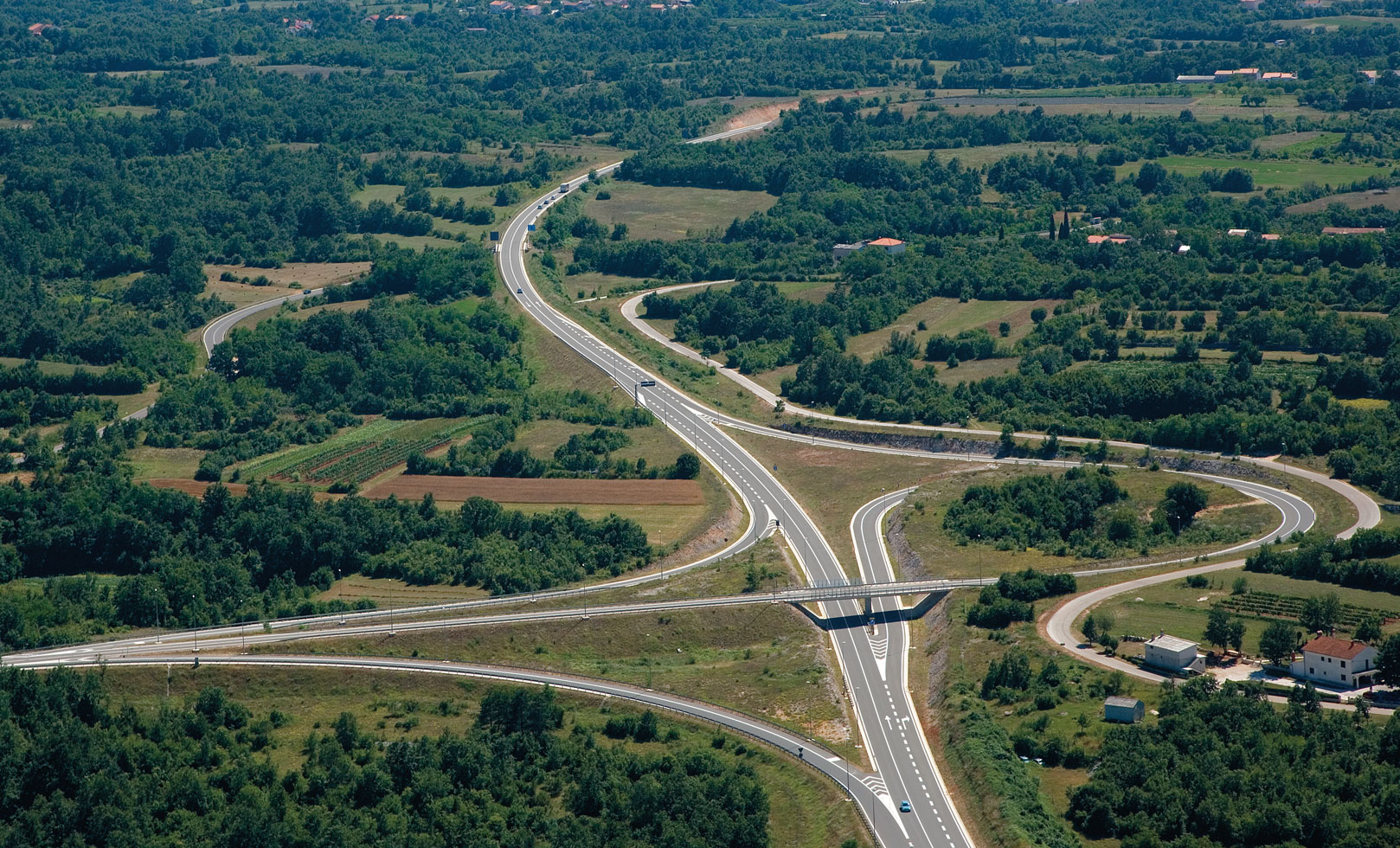
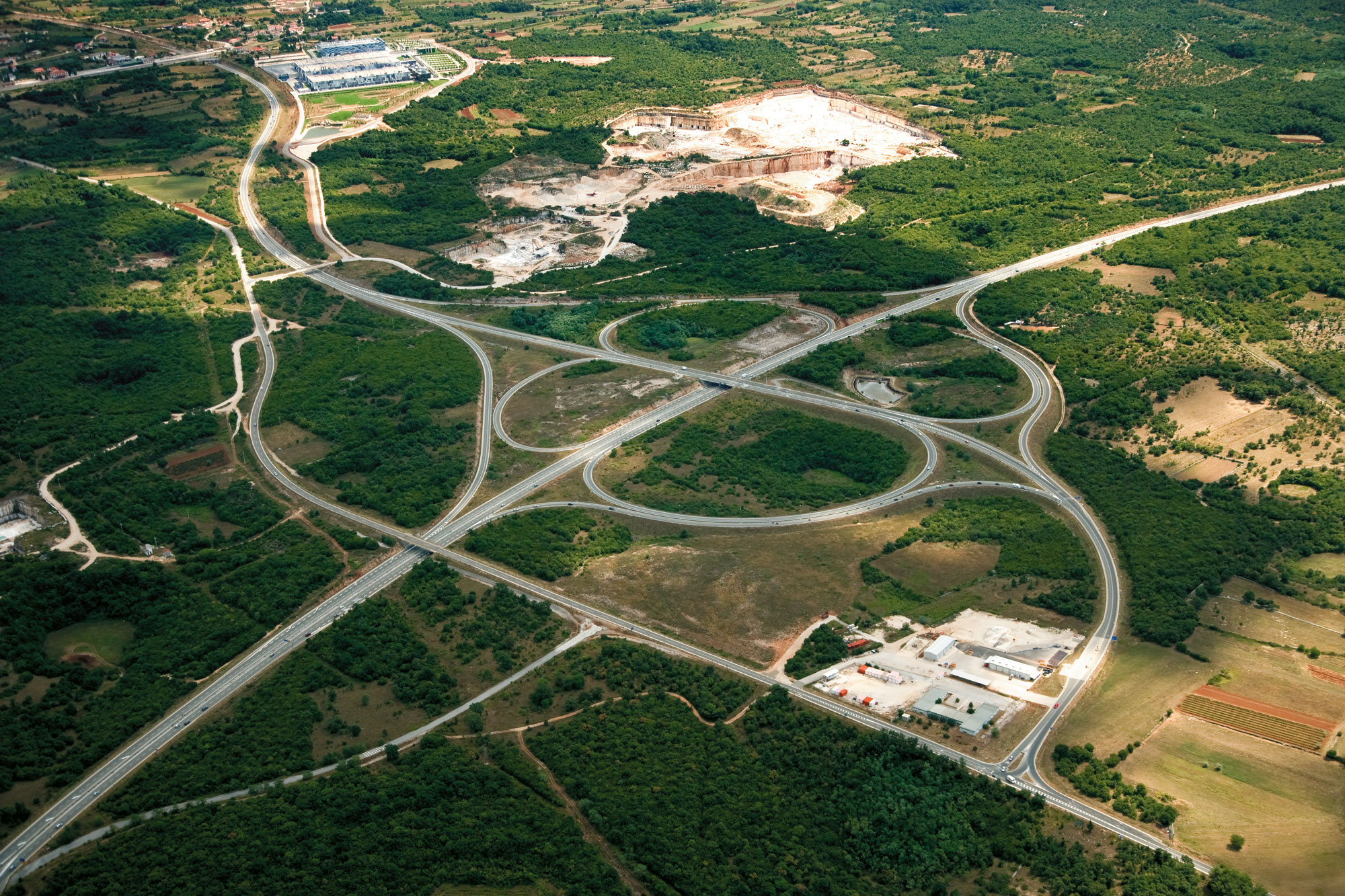
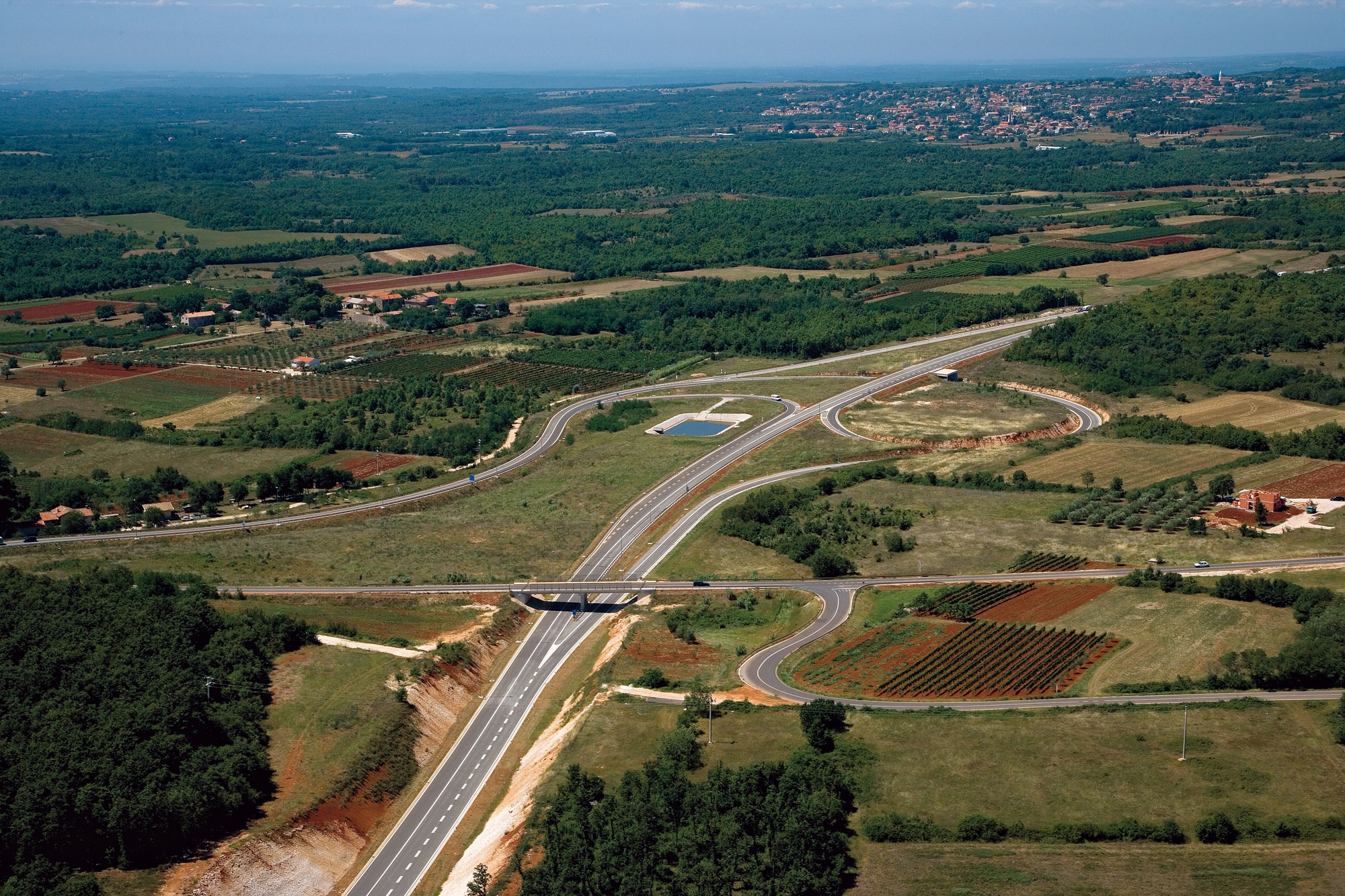
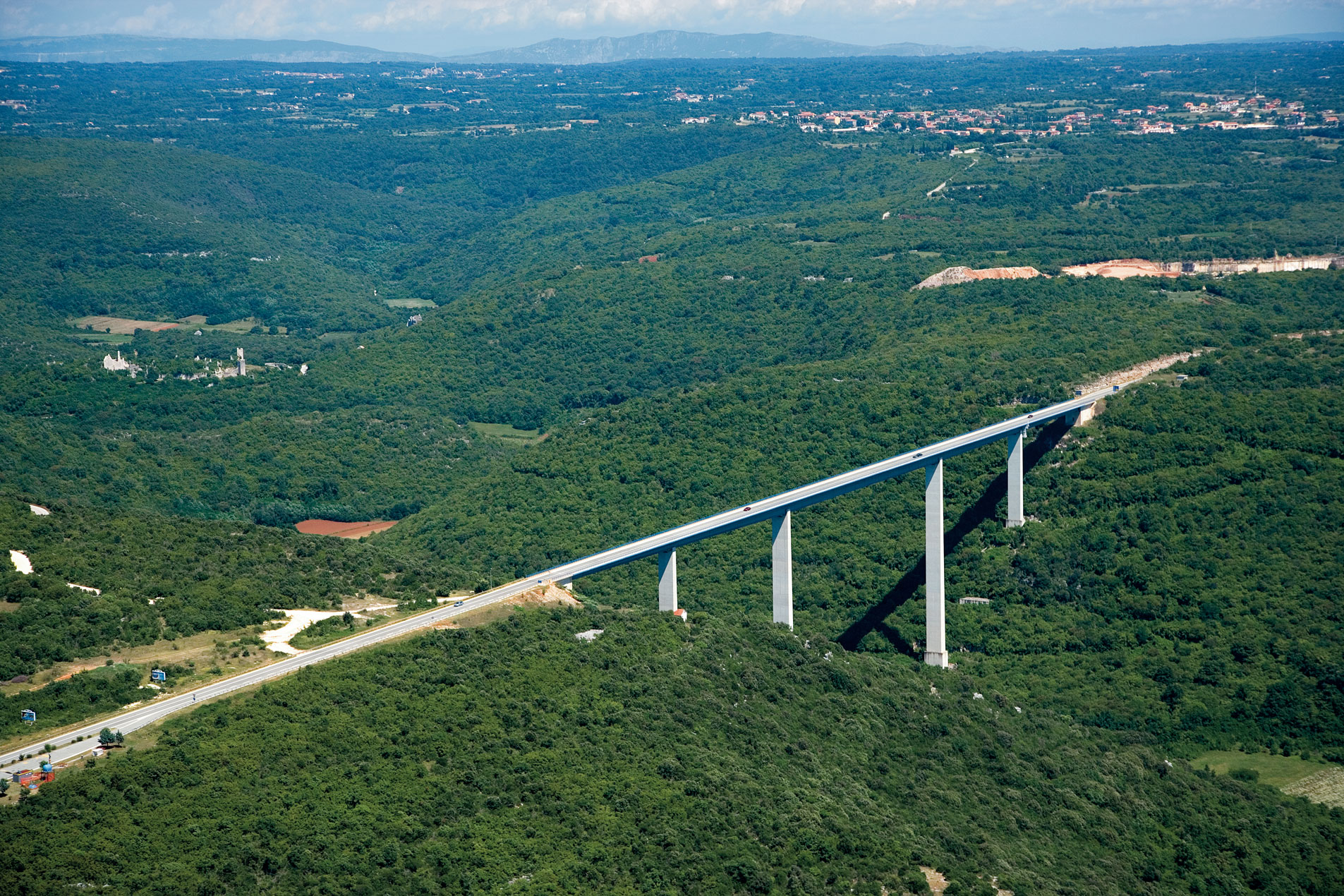
Highway A11: Zagreb - Sisak
Section: Lekenik - Sisak
Total section length: 11 km
Highway A11 provides an important connection between Zagreb and Sisak, linking the capital of central Croatia with the industrial and logistics hub of Sisak-Moslavina County. It connects Sisak to the national motorway network, which is vital for economic and industrial development (refinery, metal industry). It reduces transit traffic through Lekenik and nearby settlements, improving safety on local roads. The motorway also provides faster access to Zagreb and Franjo Tuđman Airport, which benefits both local residents and the regional economy.
CLIENT: Croatian Motorways
Expressway DC8: Stobreč – Dugi Rat - Omiš
Sections: Dugi Rat - Omiš
Total section length: 10 km
DC8, also known as the Adriatic Highway, is one of the most important coastal roads in Croatia. It is a long traffic axis that connects Dalmatian cities, tourist centers, and islands, serving as an alternative to Highway A1 for local and seasonal traffic. Situated along the Adriatic coast and the Cetina River, the section passes through hilly terrain and karst coastal areas.
The most significant structures include the Cetina Bridge and the Omiš Tunnel.
CLIENT: Croatian Motorways
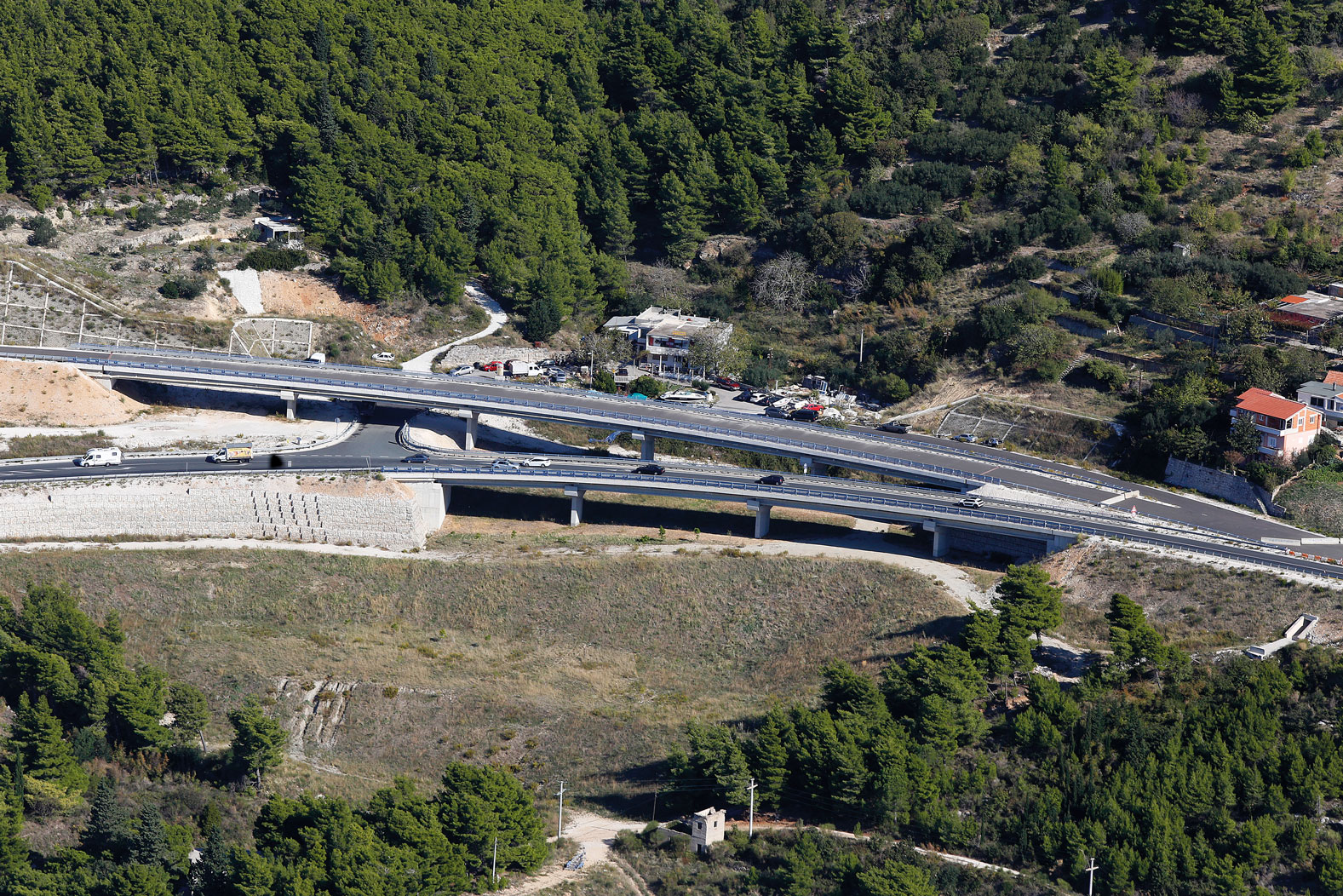
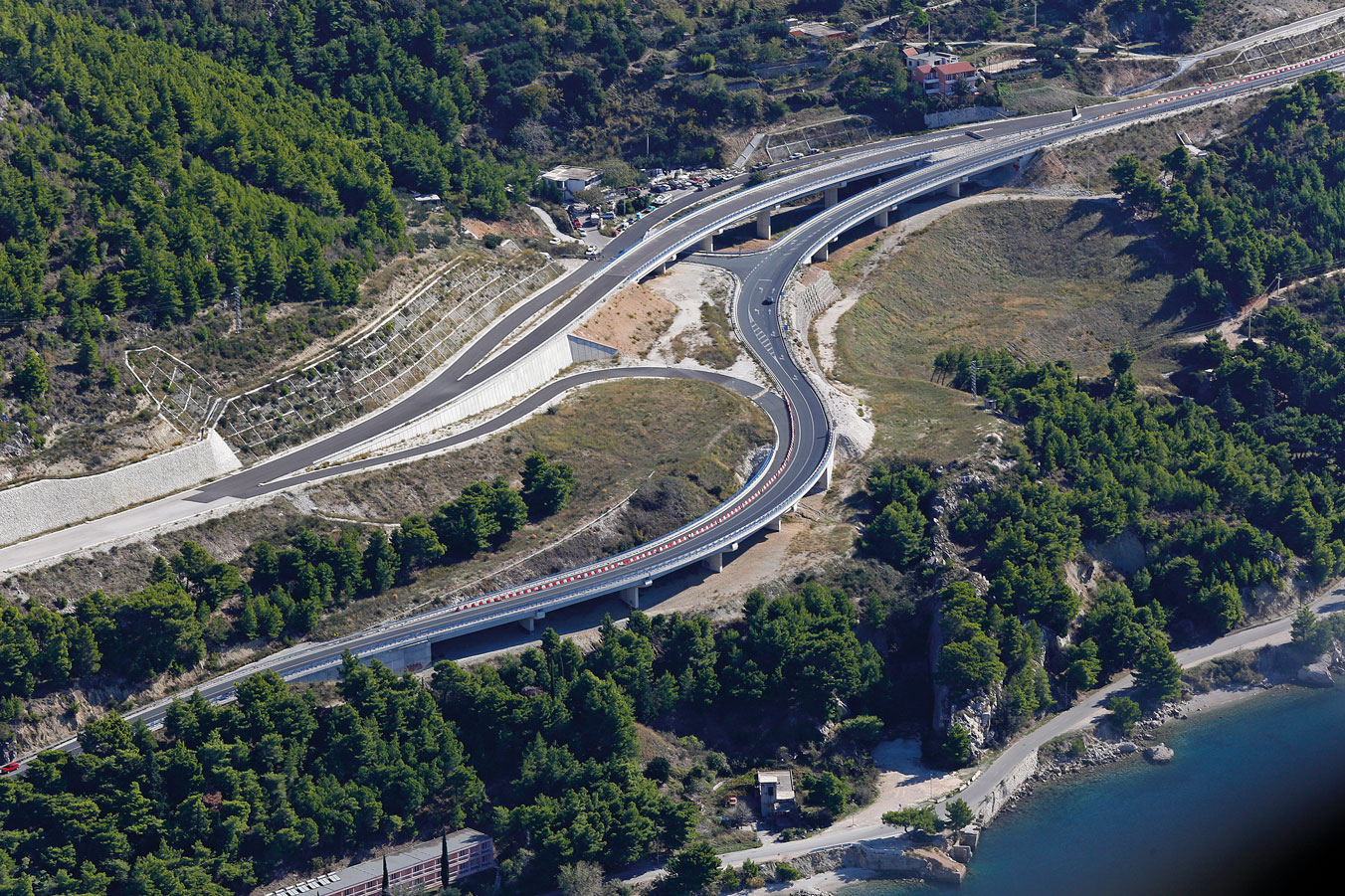
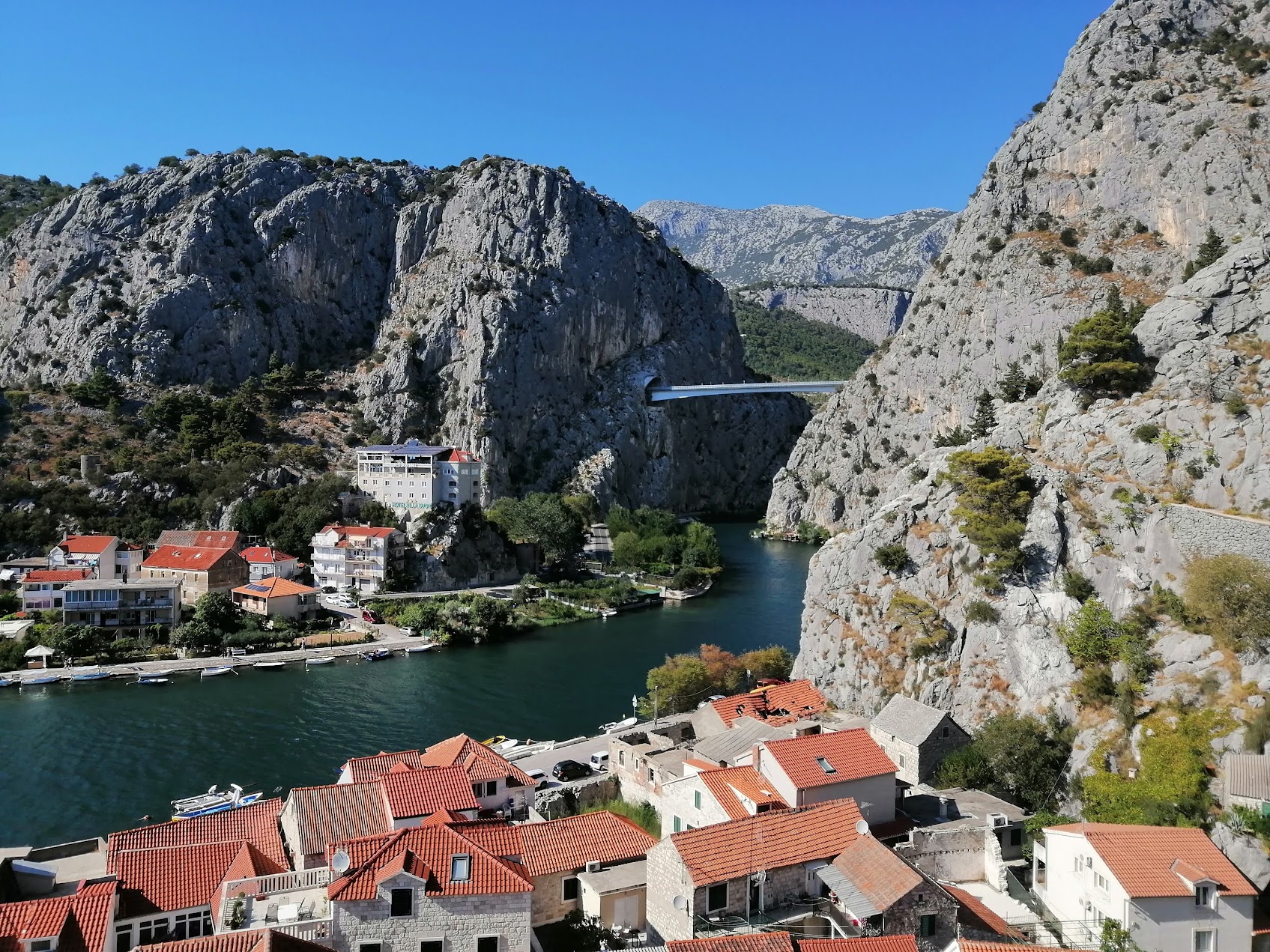
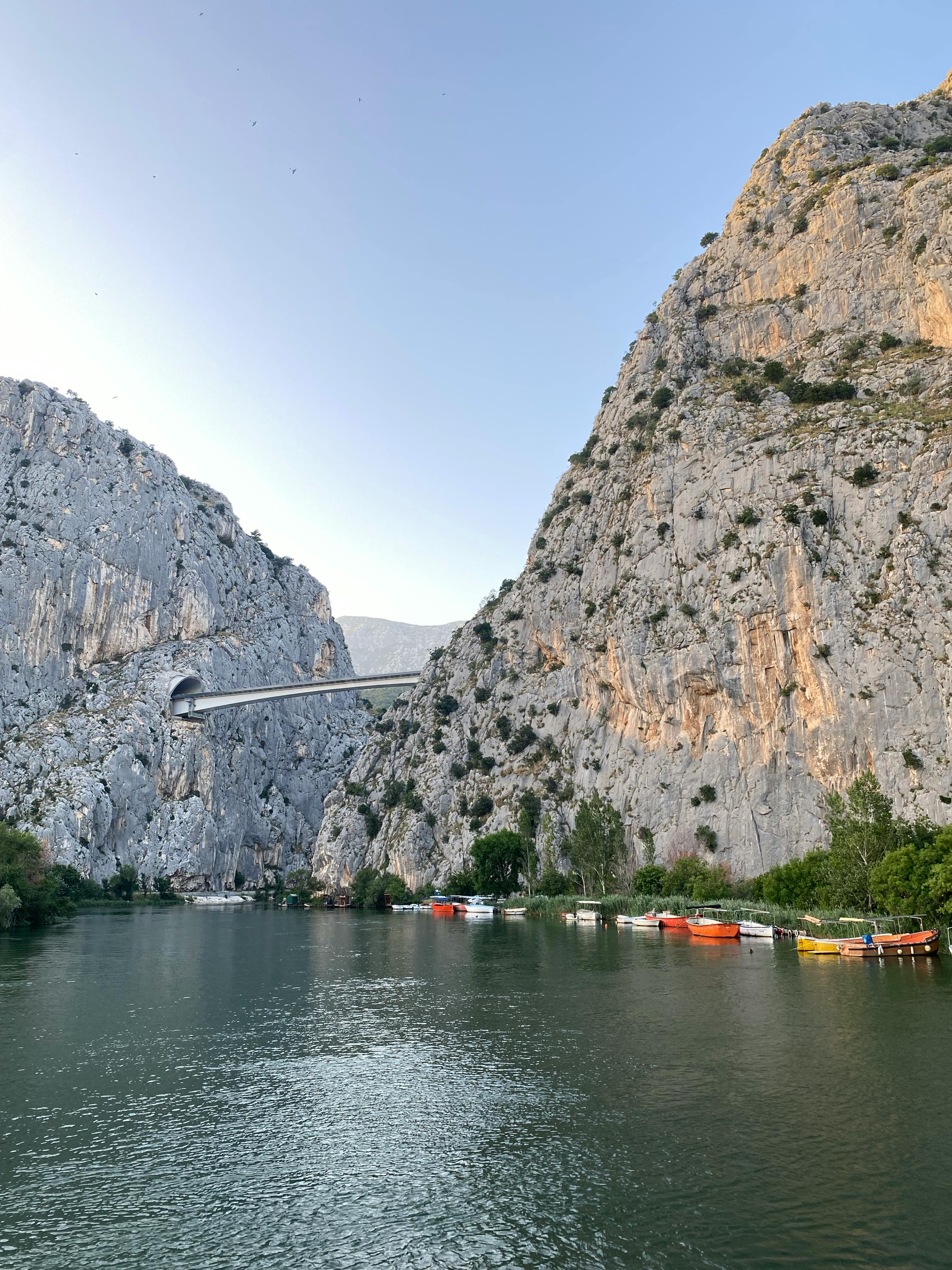
State Road DC414: Sparagovići – Doli on Pelješac
Total section length: 18 km
DC414 is a key road on the Pelješac peninsula, connecting the interior of the peninsula with its central and southern settlements.
It provides safe and efficient traffic for local residents and tourists during the season.
It helps integrate Pelješac into Croatia’s wider transport network, including access to Highway A1 via Ploče, ferry lines to the islands, and continuous road connectivity with Dubrovnik.
The most notable structures are the “Prapratno” viaduct and the “Ston” bridge, as well as the “Polakovica” and “Supava” tunnels.
CLIENT: Croatian Motorways
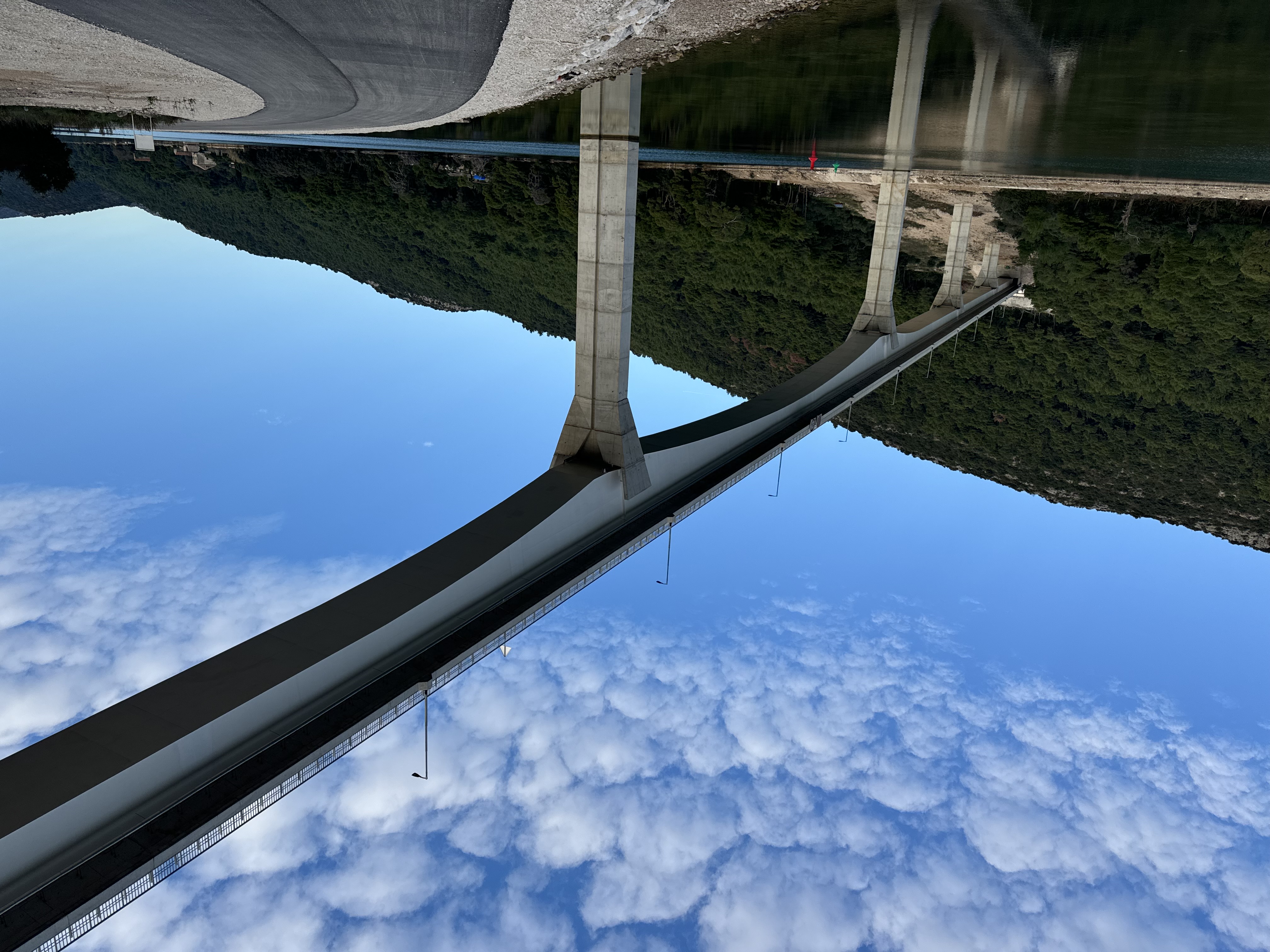
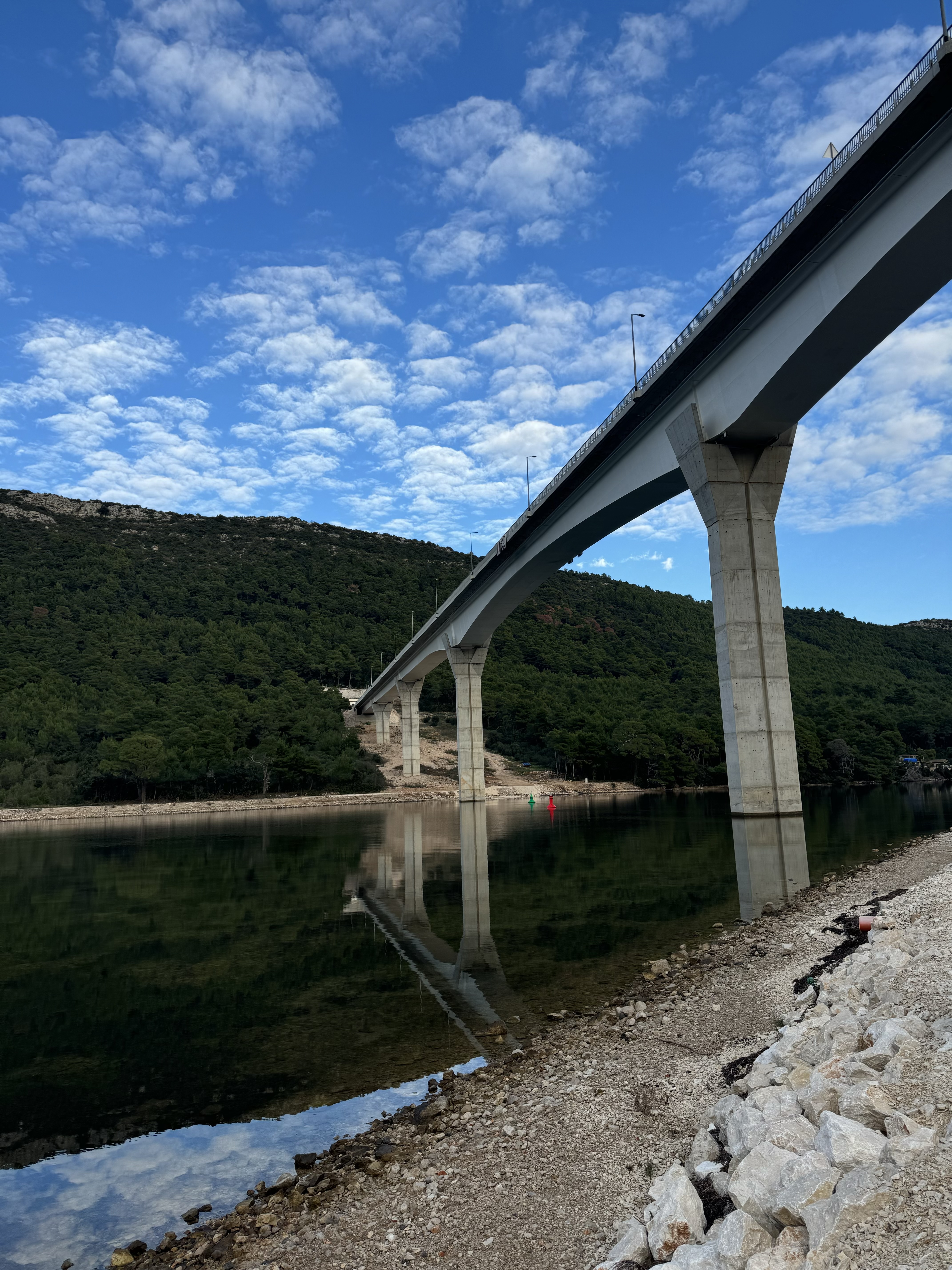
Technical documentation for traffic signage and equipment
For all its projects, IPZ d.d., with its team of experts, prepares technical documentation for Traffic Signage and Equipment, Traffic Light Systems for road and tram traffic, Supporting Structures for traffic signage, Road Lighting, Urban Equipment, Electrical Installations and Power Supply for road systems, and Cable Ducting (EKI, DTK).
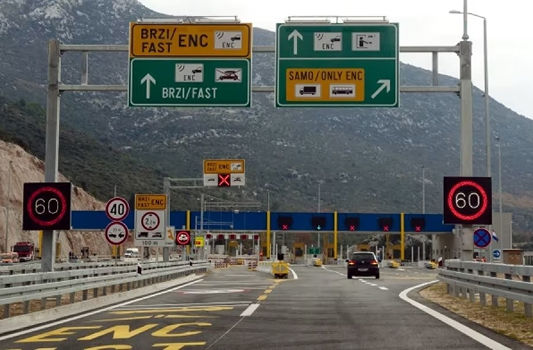
We are authorized to perform Road Safety Audits, which we conduct on external projects for various investors.
We are particularly proud of our ITS system documentation, which we prepare not only for our own projects but also for external clients. Based on our designs in the field of traffic and PIS (Traffic Information System), the equipment installation in the Učka Tunnel (L=5.63 km) has just been completed.





